How to Make an Authentic Tarta De Santiago From Scratch With Fresh, Home-Grown Ingredients
745 Views, 13 Favorites, 0 Comments
How to Make an Authentic Tarta De Santiago From Scratch With Fresh, Home-Grown Ingredients

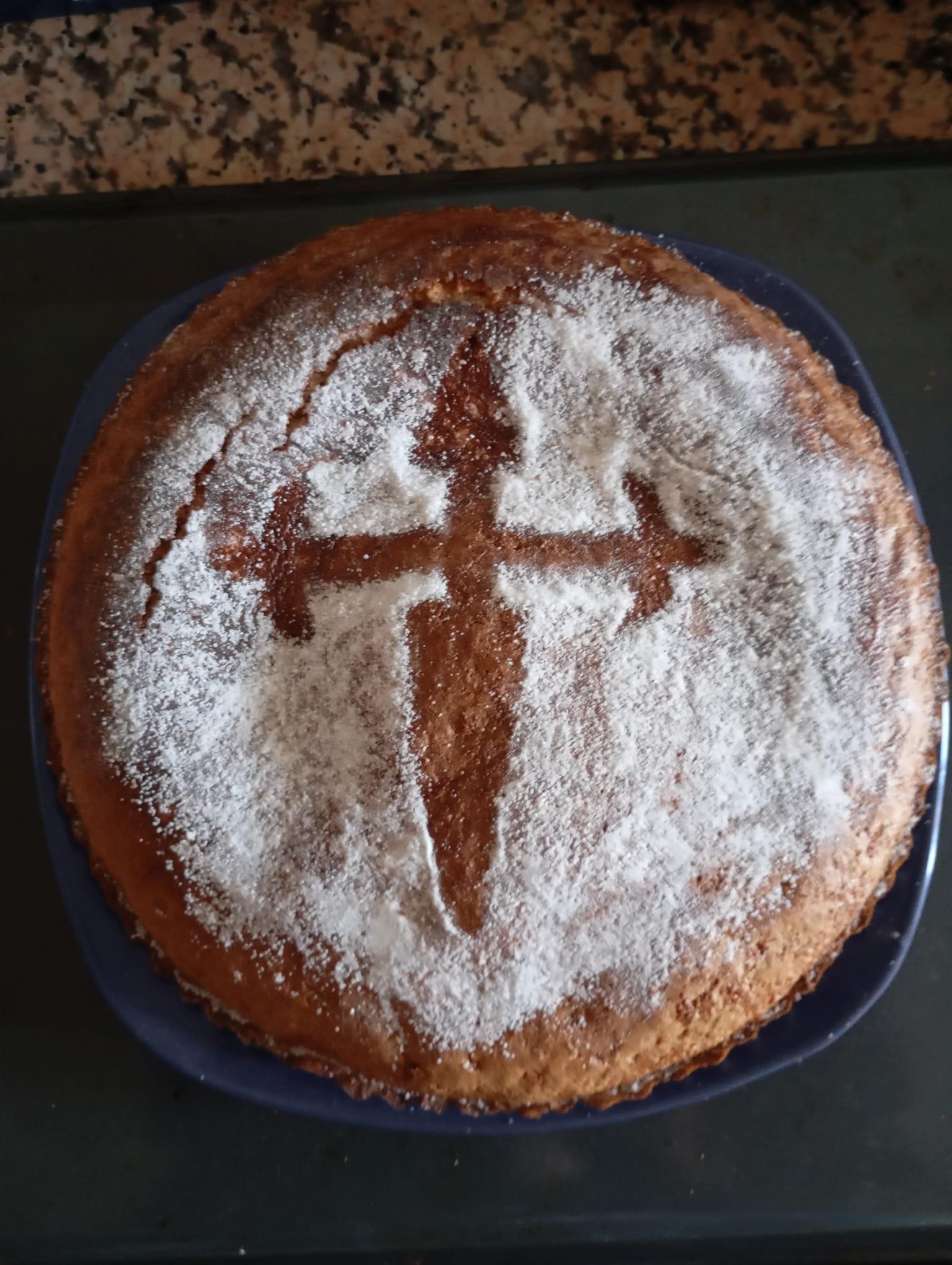.jpeg)
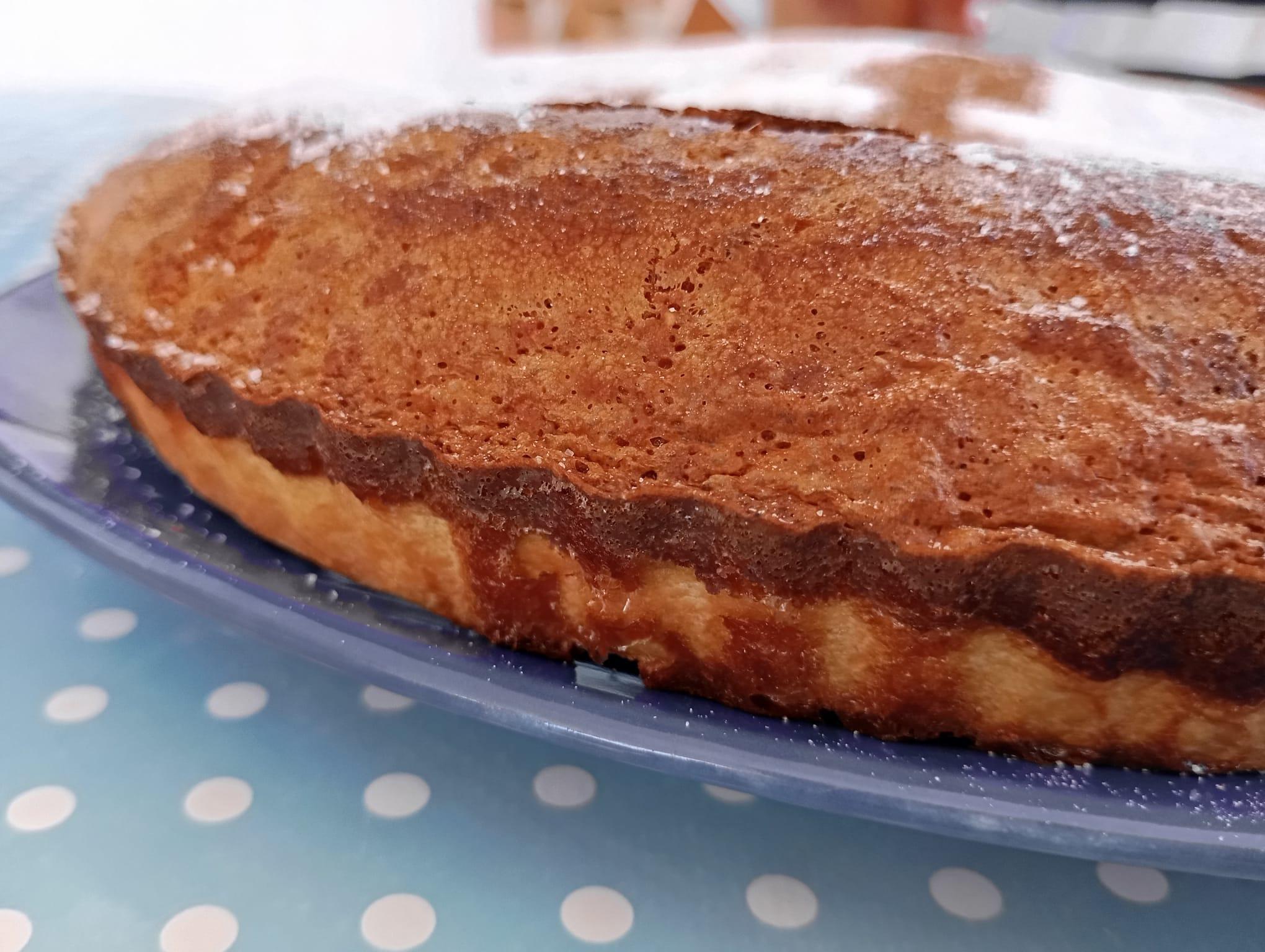.jpeg)
👋 Hello, and welcome!
In this Instructable, I'll take you through the process of creating a traditional Tarta de Santiago, one of Spain's most cherished desserts, using fresh ingredients directly from the farm. We'll be harvesting almonds and eggs, preparing them for baking, and crafting a delicious and authentic almond cake right in your kitchen. By the end of this guide, you'll have not only a beautiful Tarta de Santiago but also a deeper connection to the farm-to-table process 🌾.
Let’s get started!
Supplies


.jpeg)

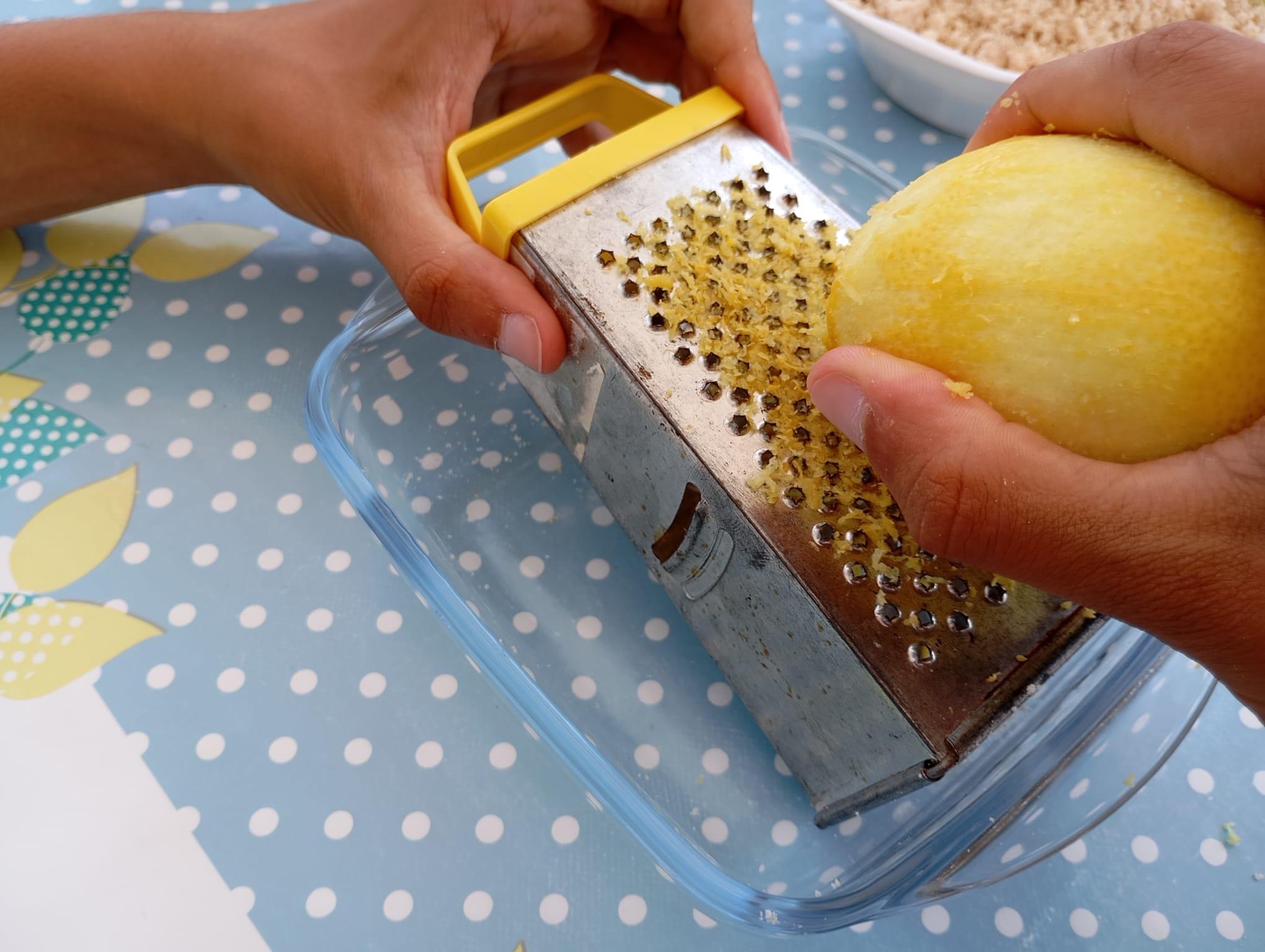.jpeg)


To create your cake, you'll need the following supplies:
From the Farm:
I prefer harvesting almonds from the farm rather than buying them at the supermarket because they can be quite expensive when pre-packaged. By using fresh, homegrown almonds, I not only save money but also enjoy the superior quality and flavor of ingredients I've nurtured myself . Additionally, I take full advantage of the fresh eggs from my chickens. Using eggs laid by my own flock adds a personal touch to the Tarta de Santiago and ensures that every ingredient is as fresh as possible . This combination of farm-fresh almonds and eggs makes the entire baking experience more meaningful and the end result even more delightful.
- Fresh Almonds
- Fresh Eggs
For Preparing the Almonds:
- Pot: To boil water for blanching the almonds.
- Towel or Tray: To dry the almonds in the sun after removing their skins.
- Mortar and Pestle or Food Processor: For grinding the almonds into fine almond flour.
For Making the Pastry:
- 150 grams of All-Purpose Flour
- 5 tablespoons of Olive Oil
- 5 tablespoons of Milk
- Pinch of Salt and Sugar
For the Tarta de Santiago Filling:
- 200 grams of Almond Flour: Freshly ground from your almonds.
- 200 grams of Sugar
- 4 Fresh Eggs
- Zest of One Lemon
- 1/2 teaspoon of Ground Cinnamon
For Assembling and Baking:
- Low-Sided Cake Pan: Preferably round, with a removable bottom if available. (25cm. in diameter by 3.5 cm in height.)
- Rolling Pin (optional) to roll out the pastry
- Oven: Preheated to 200°C (390°F).
For Decorating (optional):
- Cross of Santiago Template: Print or draw the cross on a piece of paper.
- Powdered Sugar: For dusting the top of the cake and decorating with the Cross of Santiago.
Other Essential Tools:
- Mixing Bowls: Various sizes for mixing the dough and filling.
- Whisk or Electric Mixer: To beat the eggs and mix the filling.
- Knife: For cutting and preparing ingredients.
- Sifter: For dusting the powdered sugar over the template.
With these supplies ready, you're all set to start making your Tarta de Santiago cake.
The Story Behind Tarta De Santiago


.jpeg)
Before diving into the recipe, it’s fascinating to understand the rich history of the Tarta de Santiago, a dessert deeply embedded in Galician culture. This traditional almond cake, adorned with the iconic Cross of Santiago, is more than just a treat—it's a piece of history.
Galicia is a region located in the northwest corner of Spain, known for its lush landscapes, rugged coastline, and distinct cultural heritage. One of the most famous landmarks of Galicia is the Camino de Santiago, or the Way of Saint James, a historic pilgrimage route that ends at the Cathedral of Santiago de Compostela. This route has been a significant journey for centuries, drawing pilgrims from all over the world to the city of Santiago de Compostela (attached photo).
The earliest references to a similar almond cake date back to the late 16th century. During Pedro Portocarrero’s visit to the University of Santiago, his investigation into the meals served to the professors revealed an early version of this beloved dessert. However, it wasn't until 1838 that Bartolomé de Leybar’s Cuadernos de Confitería (Confectionery Notebooks) documented a recipe resembling the Tarta de Santiago we know today.
The cake gained prominence in the early 20th century thanks to Manuel Puga, known as “Picadillo,” who featured various versions of the dessert in his 1905 book Cocina Práctica. Galician writer Álvaro Cunqueiro also celebrated this cake in his writings, marveling at how Galicia, despite not being known for almond production, embraced an almond-based dessert .
In 1924, the pastry shop "Casa Mora" in Santiago de Compostela began decorating their cakes with the silhouette of the Cross of Santiago. This detail quickly became the defining feature of the Tarta de Santiago, symbolizing its connection to Santiago’s religious and cultural heritage. Today, this cake stands as a proud emblem of Galician cuisine and is cherished throughout Spain and beyond.
Understanding this rich history adds depth to the process of making this cake, linking each step of your preparation to a tradition that spans centuries. Now, let’s get into making this dessert!
Harvesting Almonds and Eggs
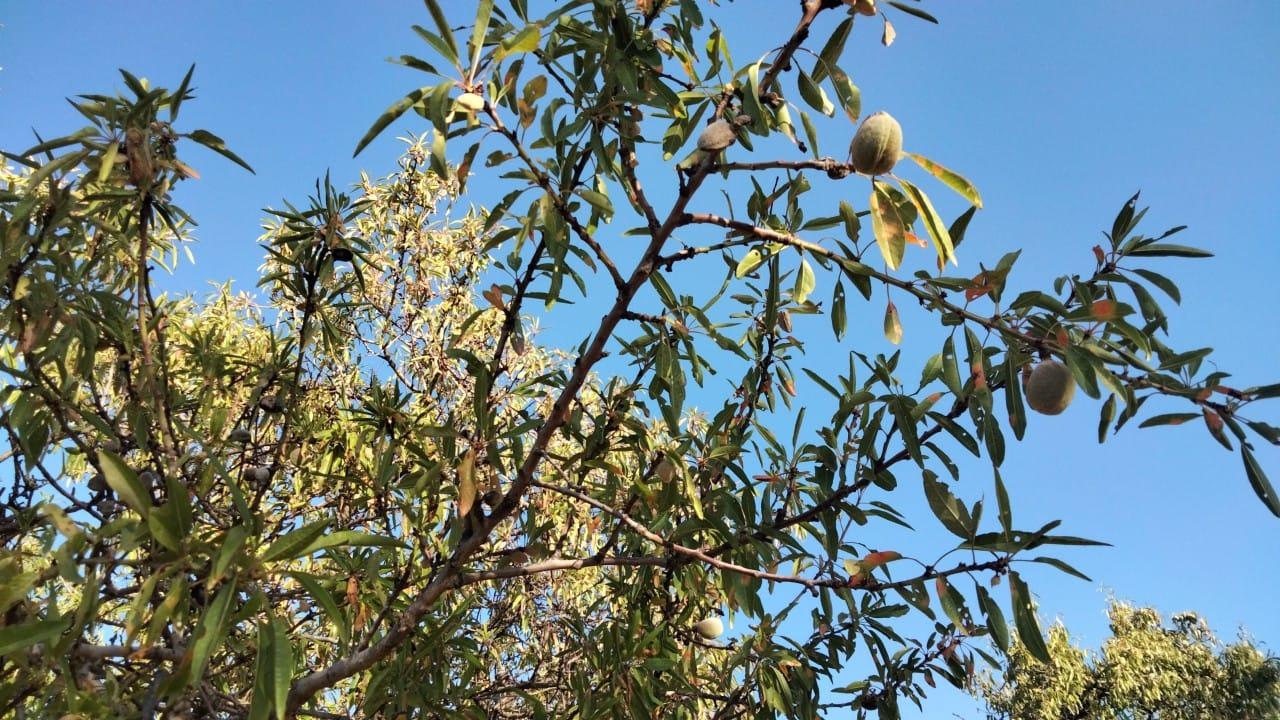.jpeg)
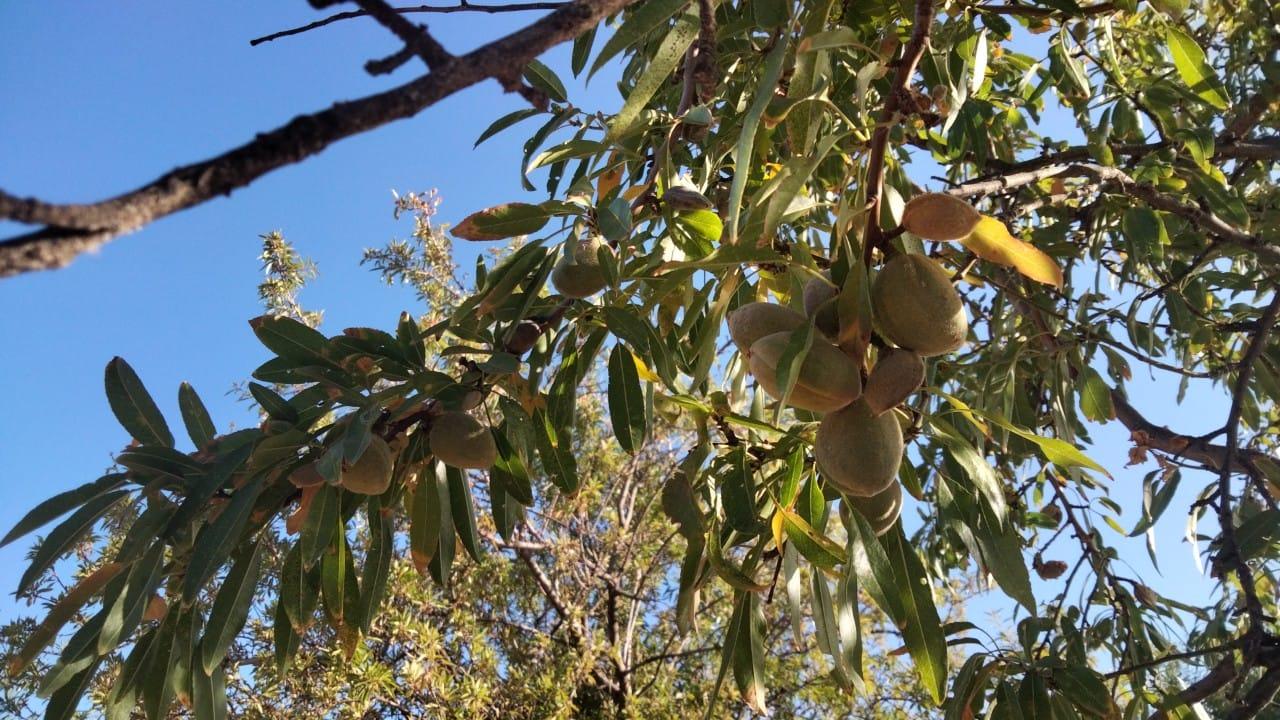.jpeg)
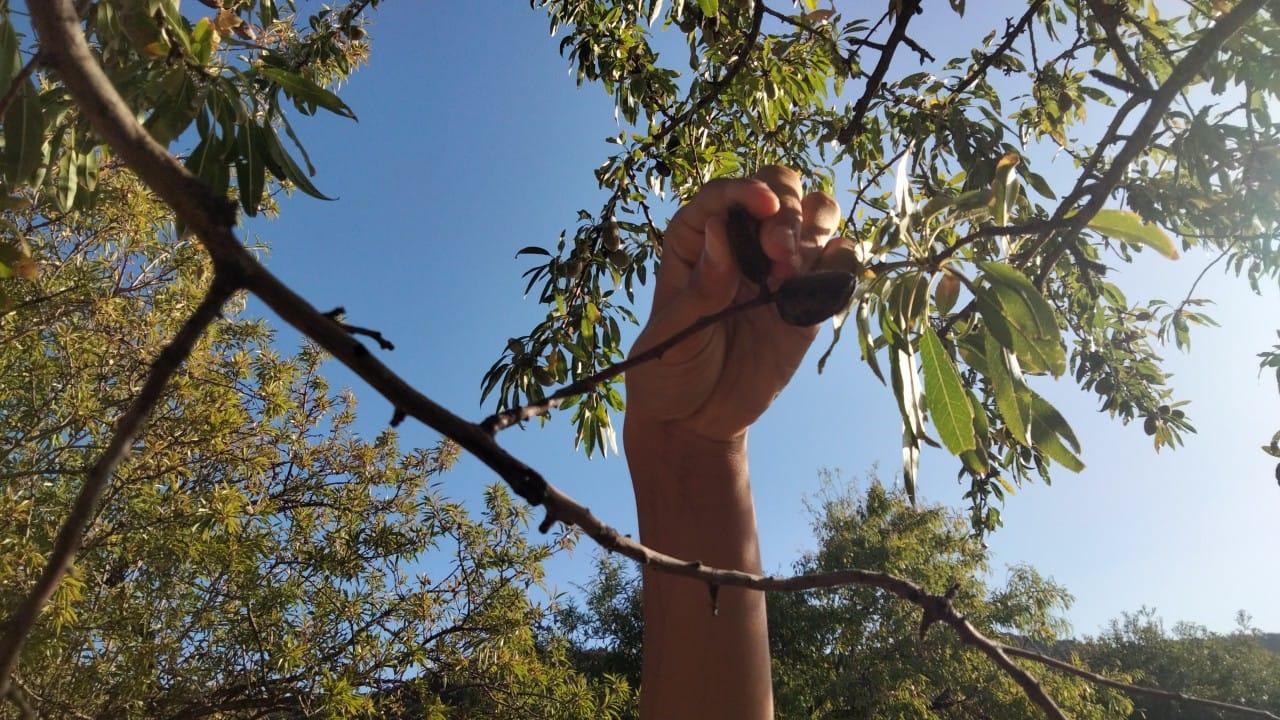.jpeg)
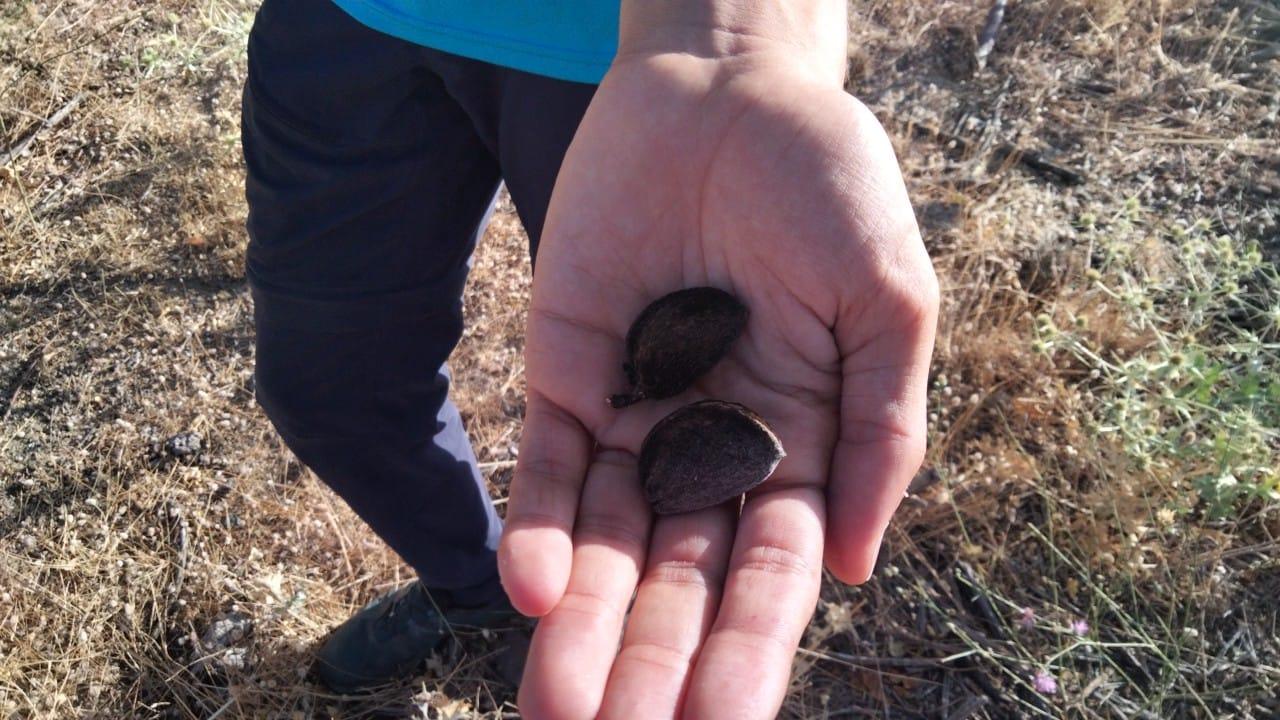.jpeg)
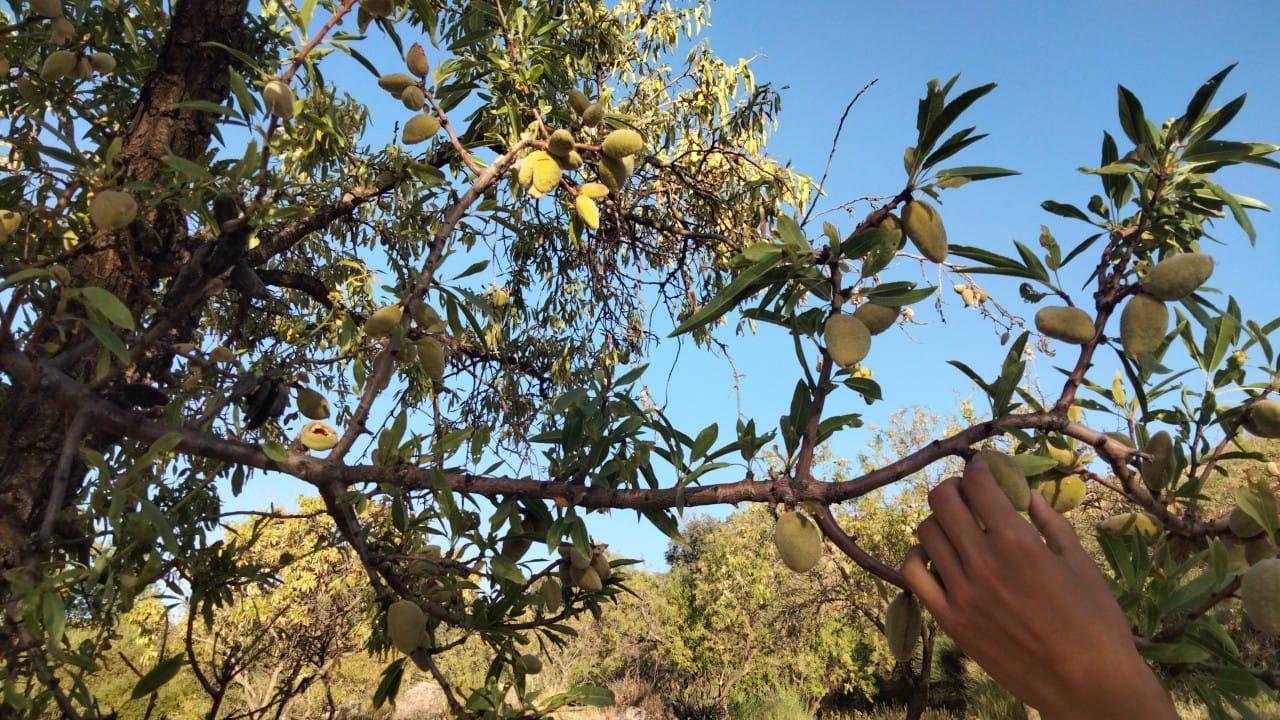.jpeg)
.jpeg)

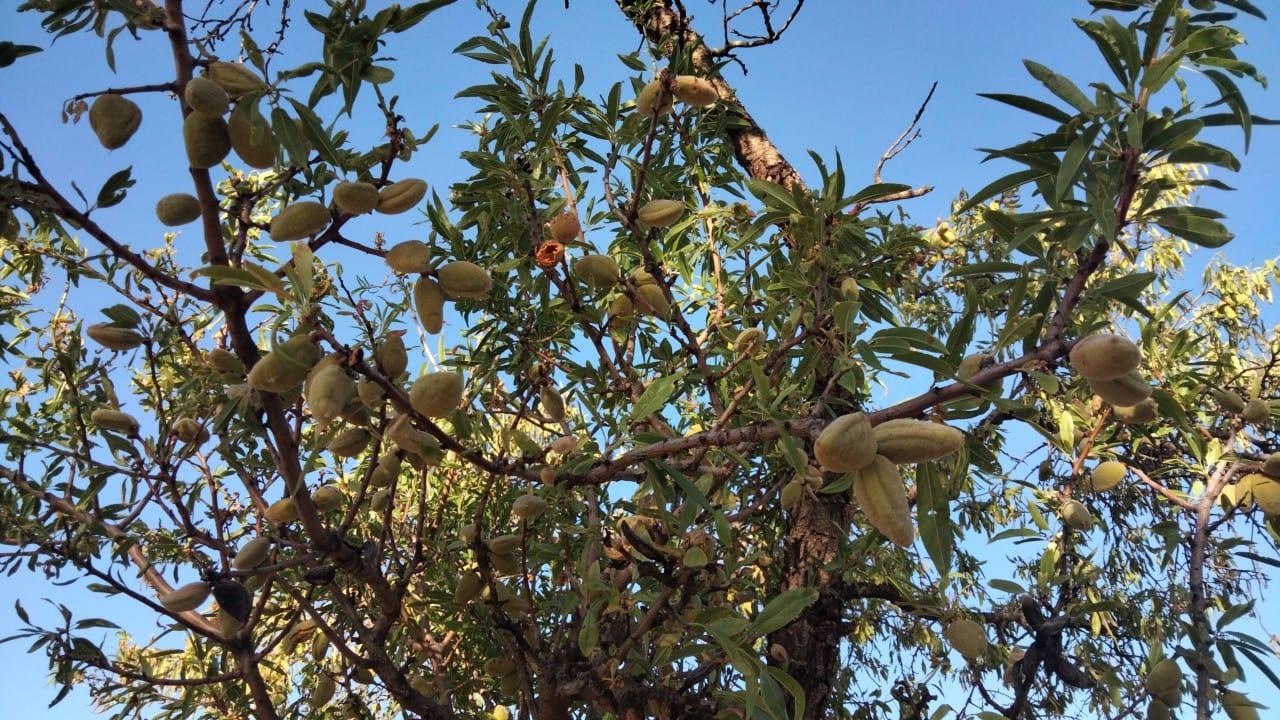.jpeg)

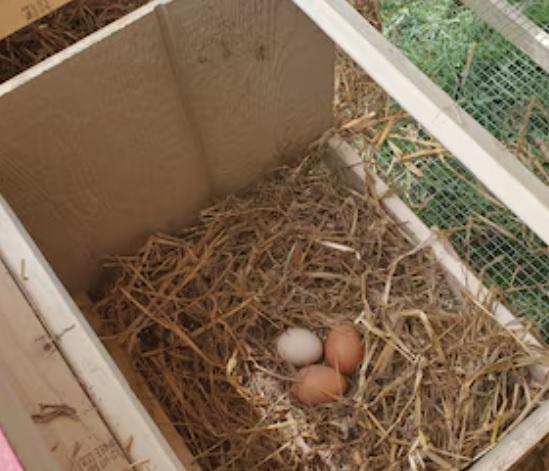
1. Harvest the Almonds:
- Collect Almonds from the Ground: Start by gathering almonds that have naturally fallen from the tree. These almonds are typically mature and ready for harvest. Choose the ones that are brown and dry, avoiding any that are still green or not yet fully ripened 🌳.
- Remove from the Tree (if needed): If there are still almonds on the tree, you can gently knock them off using a sturdy stick or branch. This will help to collect any remaining almonds that haven’t fallen yet.
- Gather the Almonds: Place the harvested almonds, still in their shells and skins, into a basket or container for transport.
2. Gather Fresh Eggs:
- Collect Eggs from the Coop: If you have chickens, gather fresh eggs from the nesting boxes in your coop. Ensure the eggs are clean and intact. Place the eggs into a basket or container carefully to prevent any cracks 🐔🥚.
Crack the Almonds
.jpeg)

.jpeg)
.jpeg)
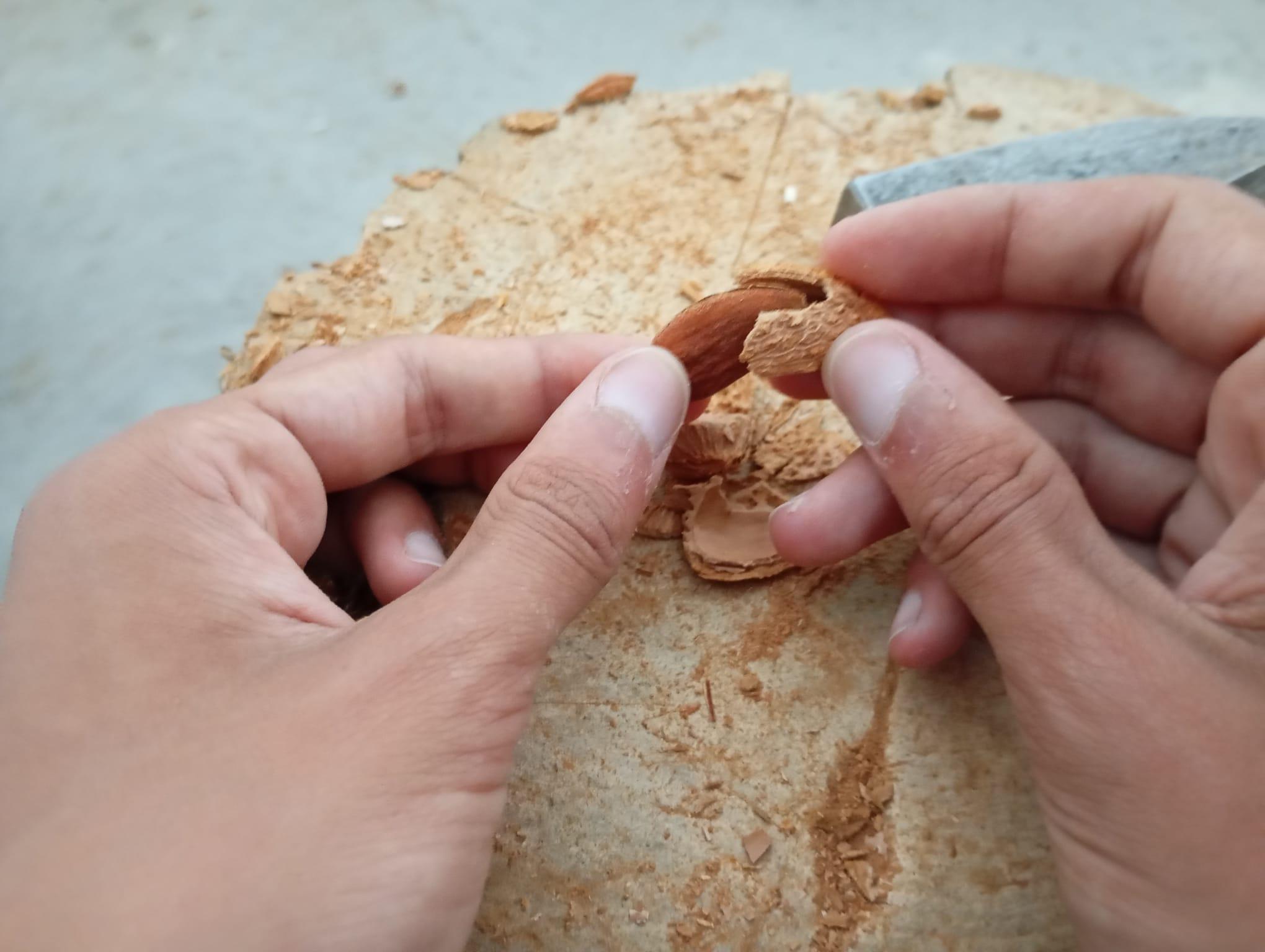.jpeg)
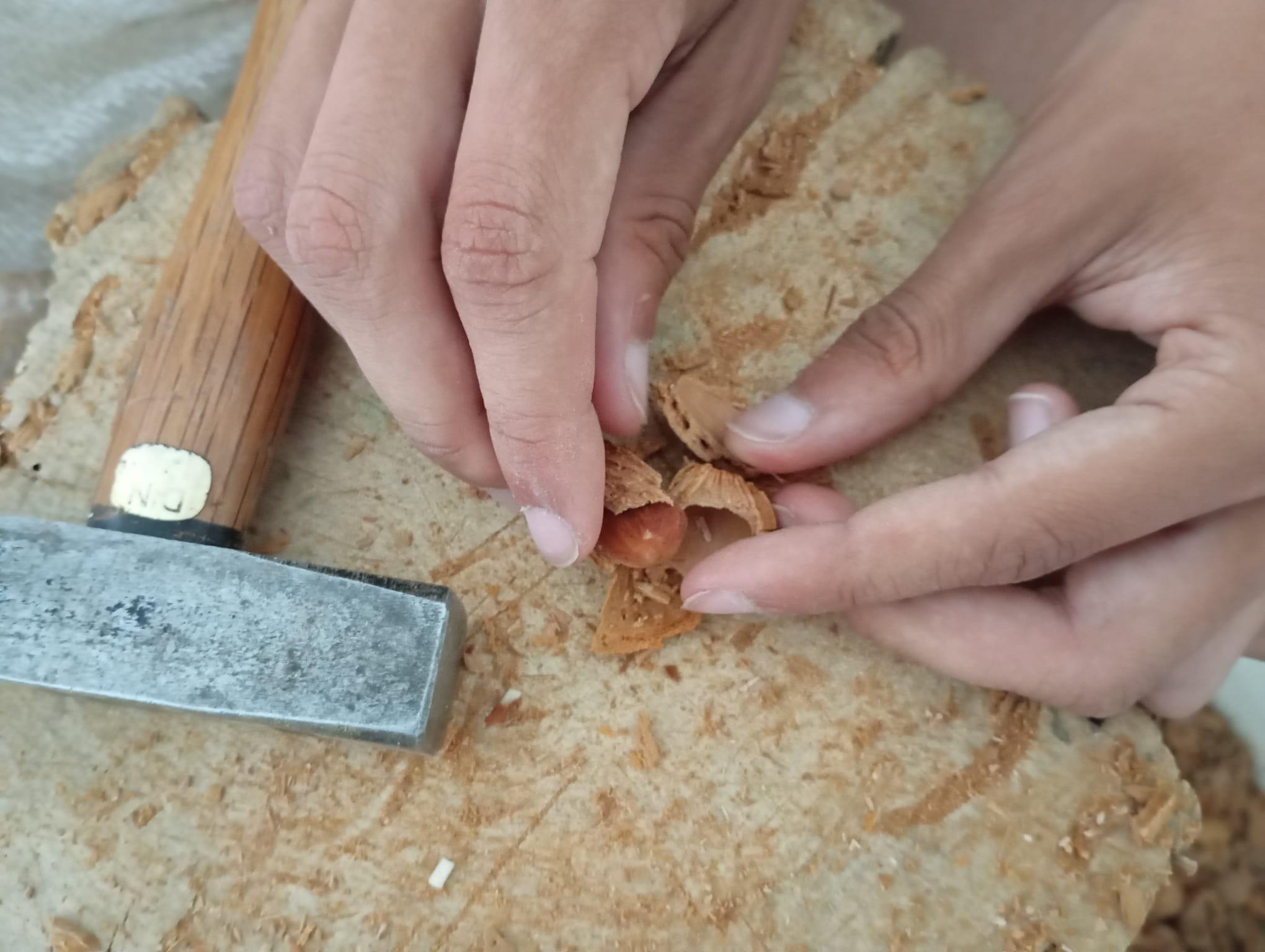.jpeg)
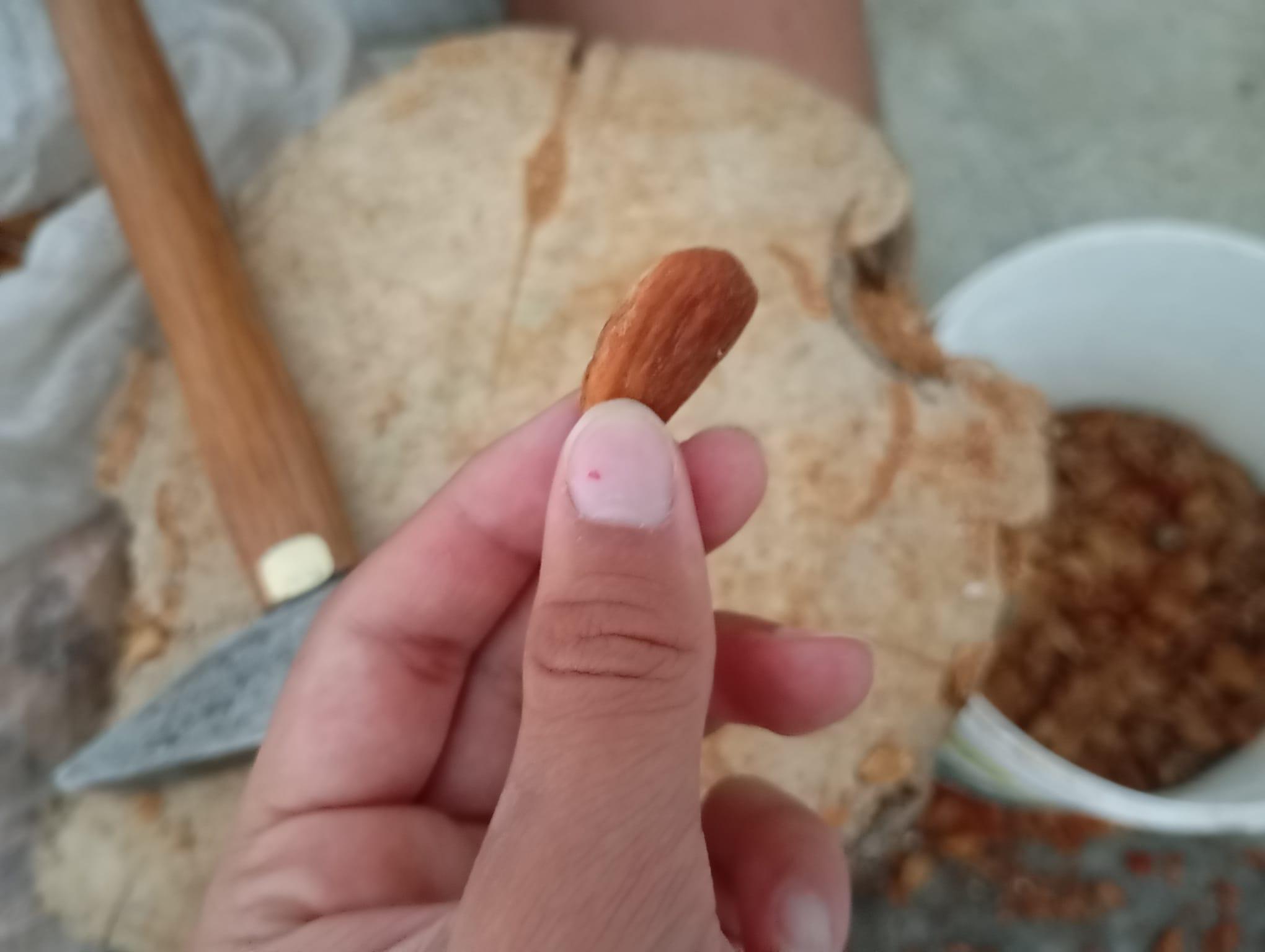.jpeg)

.jpeg)

.jpeg)
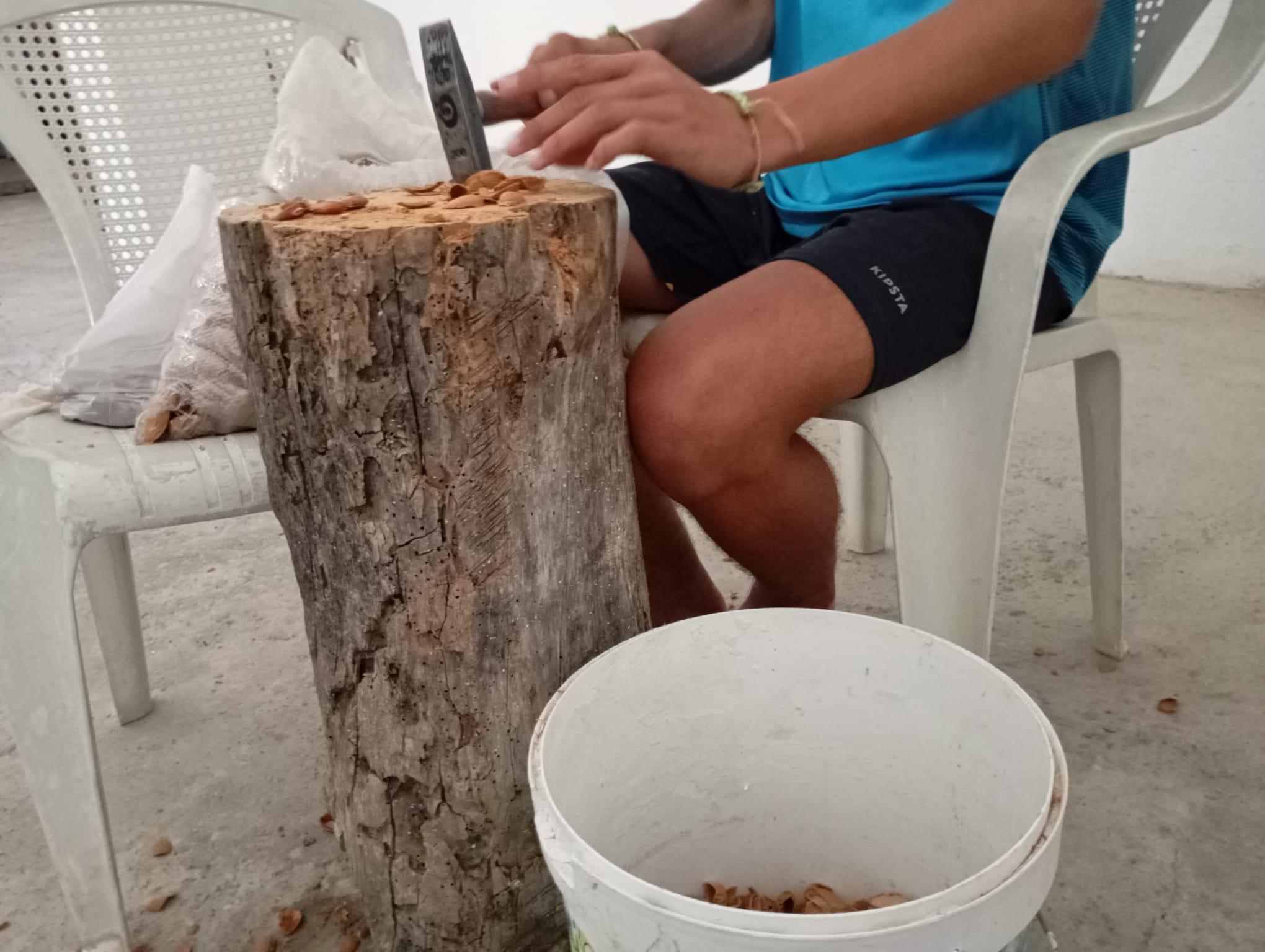.jpeg)

1. Prepare the Work Area:
- Set Up the Workspace: Place a sturdy trunk or wooden block upright on a stable surface. This will be your cracking station. Make sure you have a hammer or a nutcracker handy for this task 🔨.
2. Crack the Almonds:
- Position the Almonds: Lay each almond on its side on the trunk or block. This orientation helps to open the shell without crushing the nut inside.
- Crack the Shell: Using the hammer, give each almond a few firm taps to crack the shell. Be gentle to avoid breaking the almond inside. It may take a bit of practice to get the right amount of force 👊.
3. Sort the Almonds and Shells:
- Separate the Almonds and Shells: As you crack the almonds, place the shells into a trash bag or designated container for disposal. Collect the cracked almonds and transfer them into a separate container for storage.
- Clean the Area: After cracking all the almonds, sweep the workspace to clean up any leftover shells or debris. This ensures your work area is tidy and ready for the next steps 🧹.
The almonds are now ready for the next stage of preparation, which involves peeling off the skins. For now, you’ve successfully cracked them open, and it's time to move on to preparing the almonds for use in your Tarta de Santiago.
Blanching and Peeling the Almonds
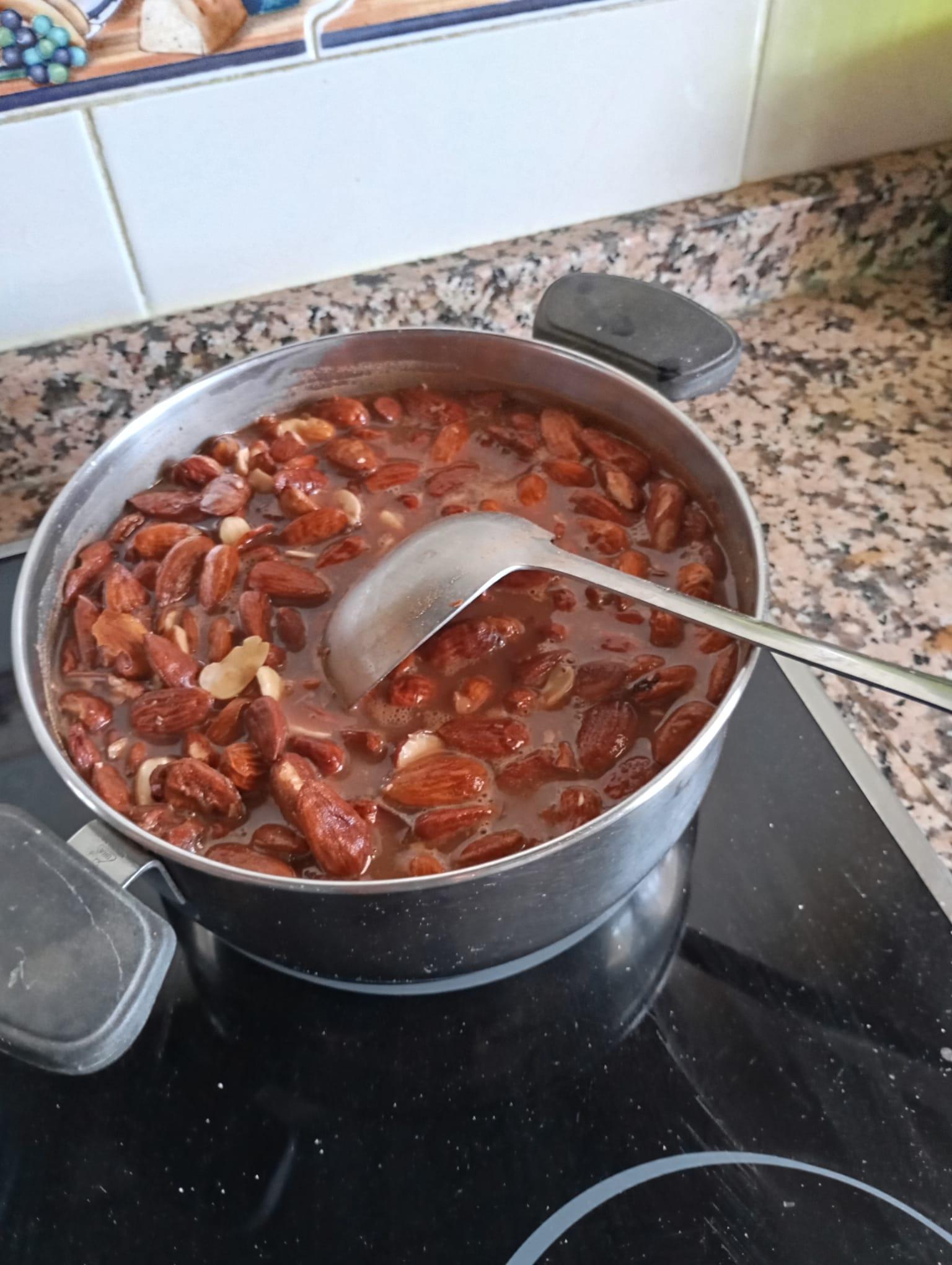.jpeg)

.jpeg)
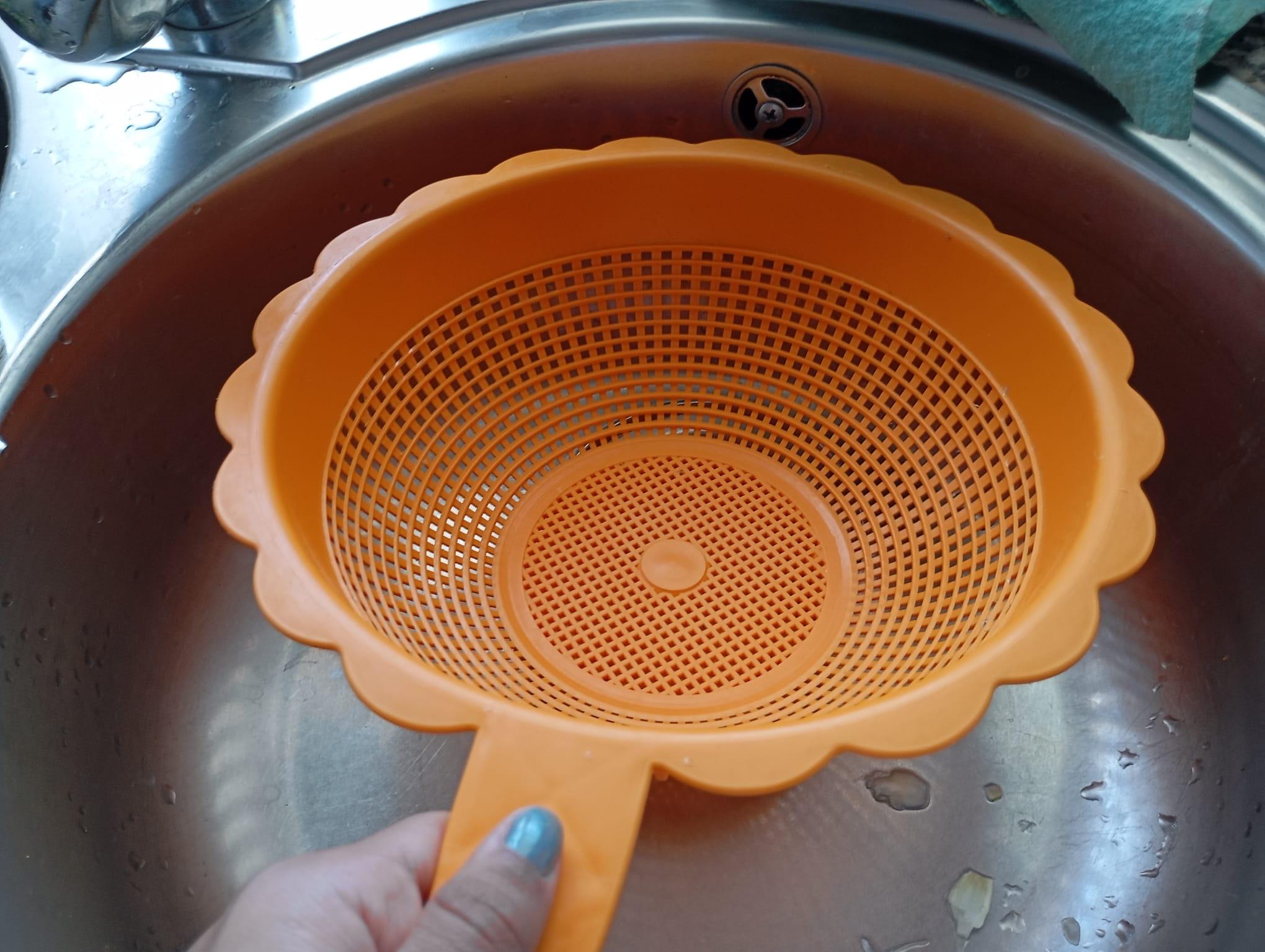.jpeg)
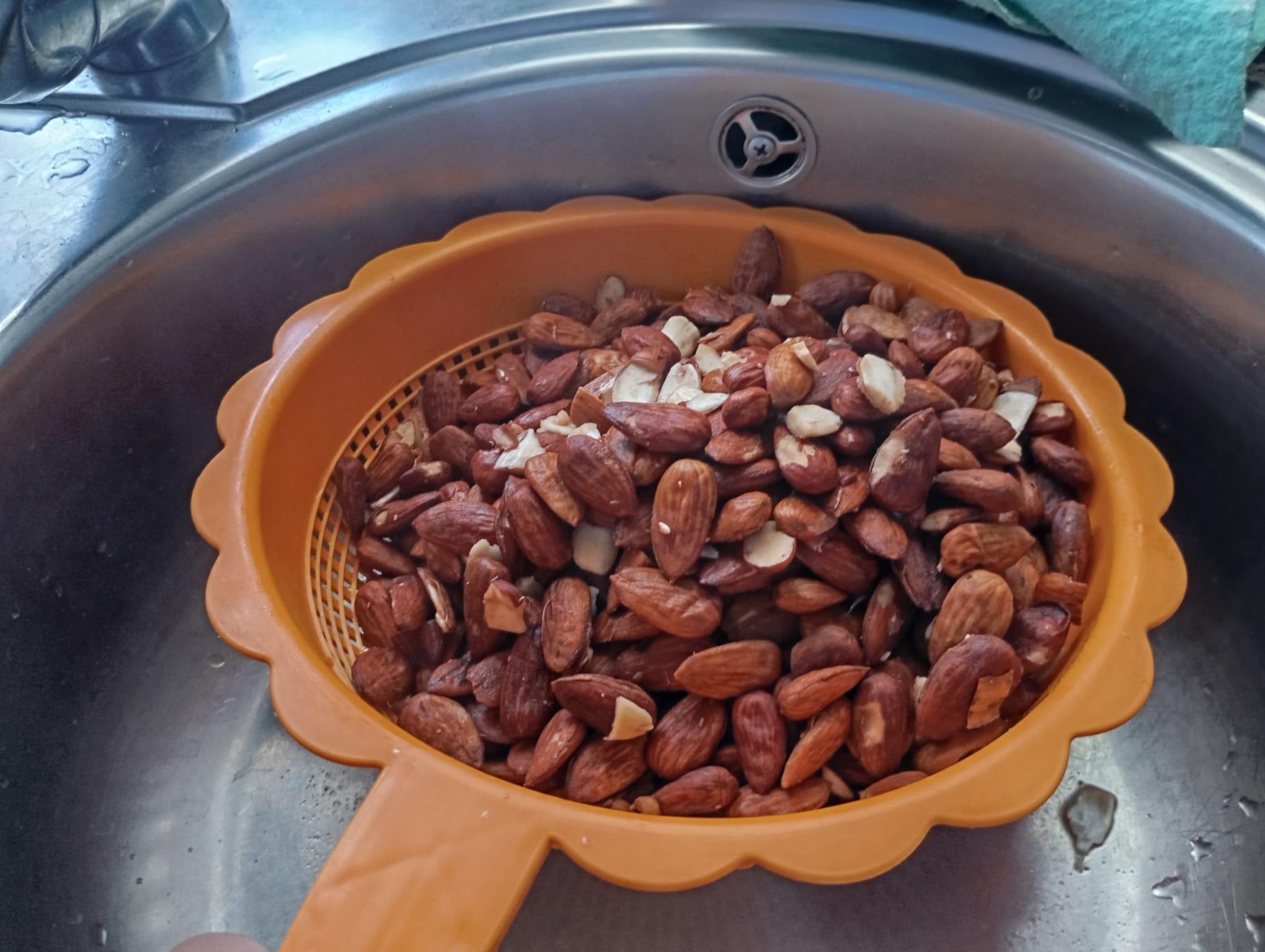.jpeg)
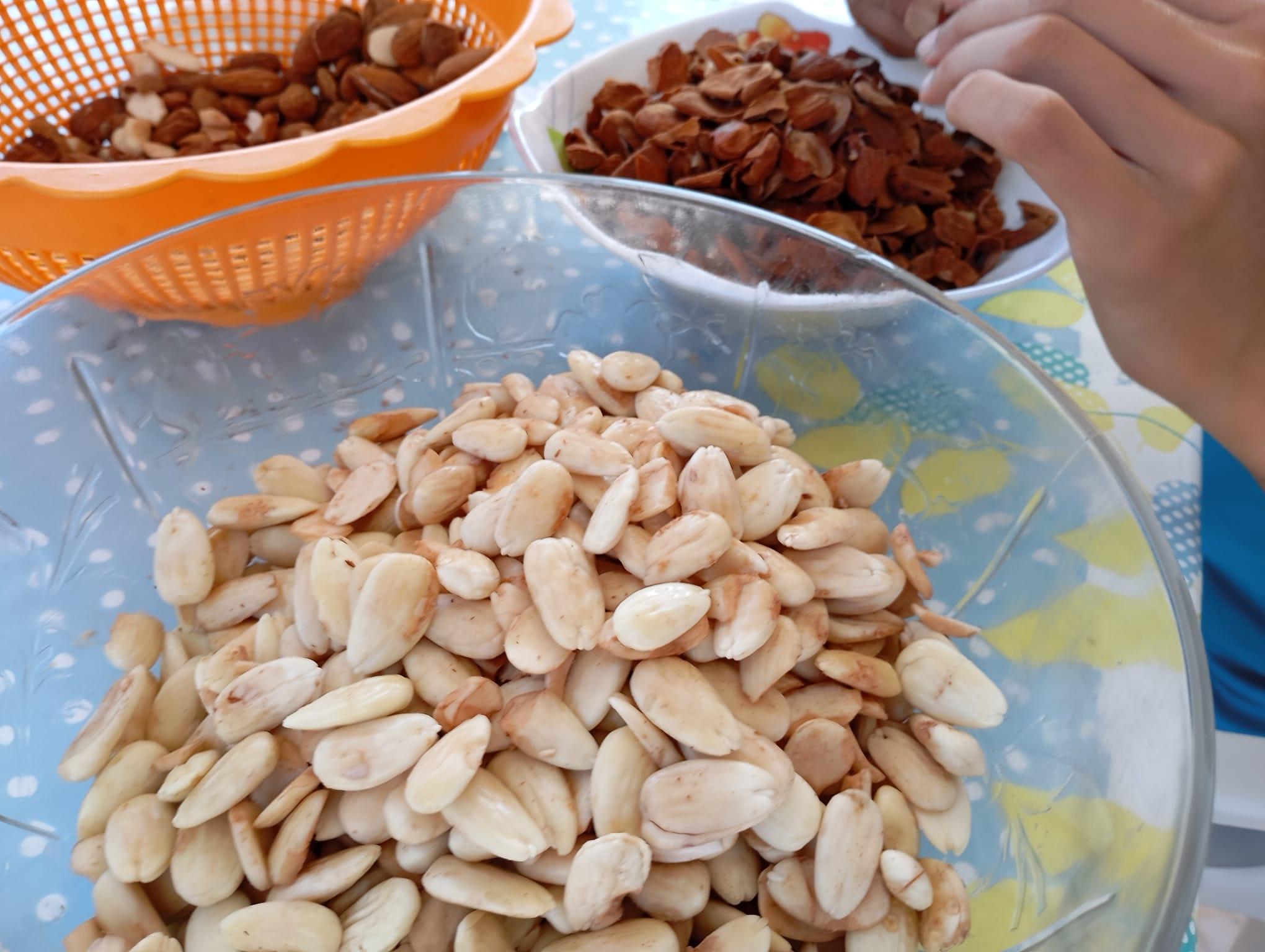.jpeg)
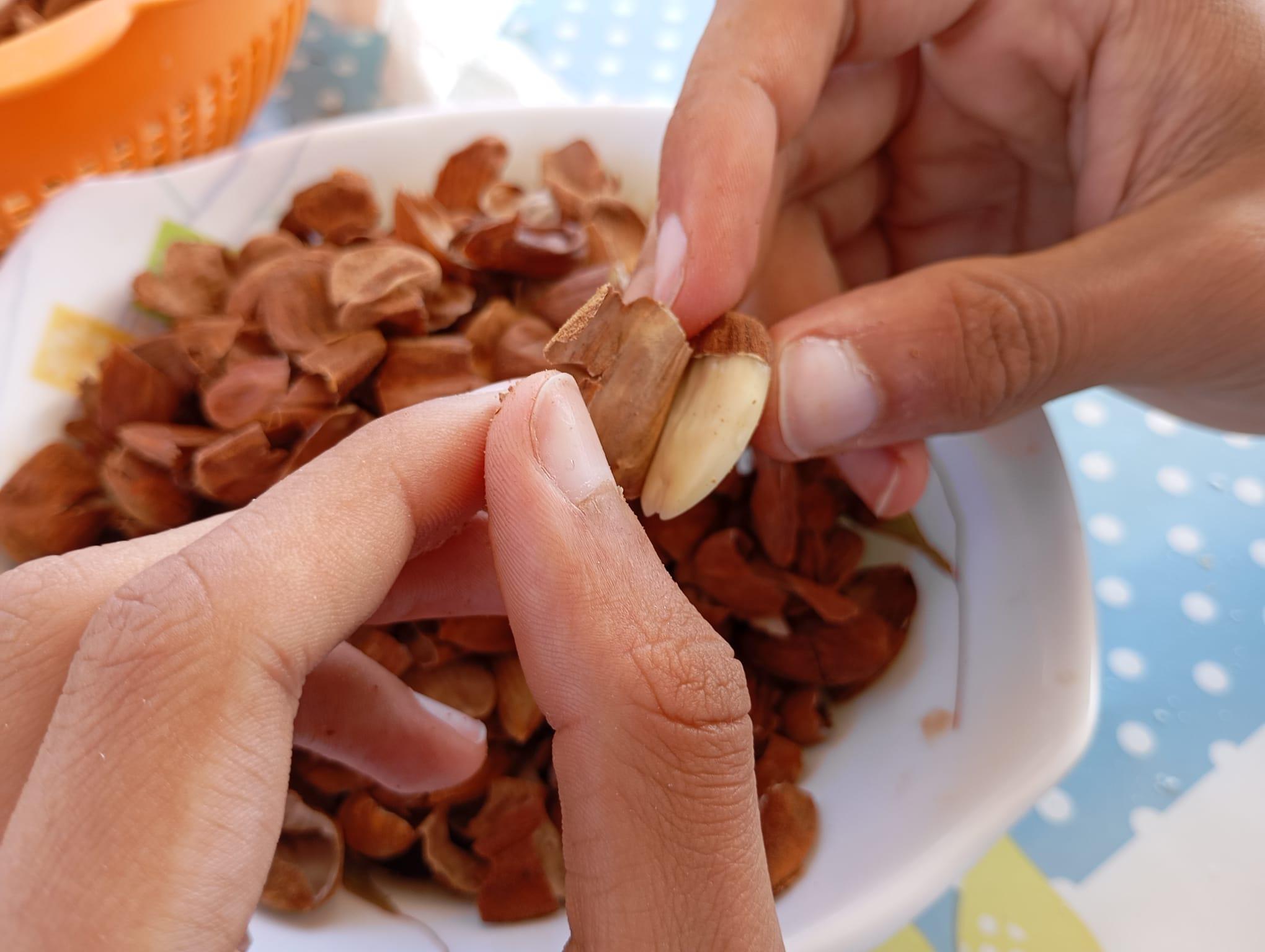.jpeg)
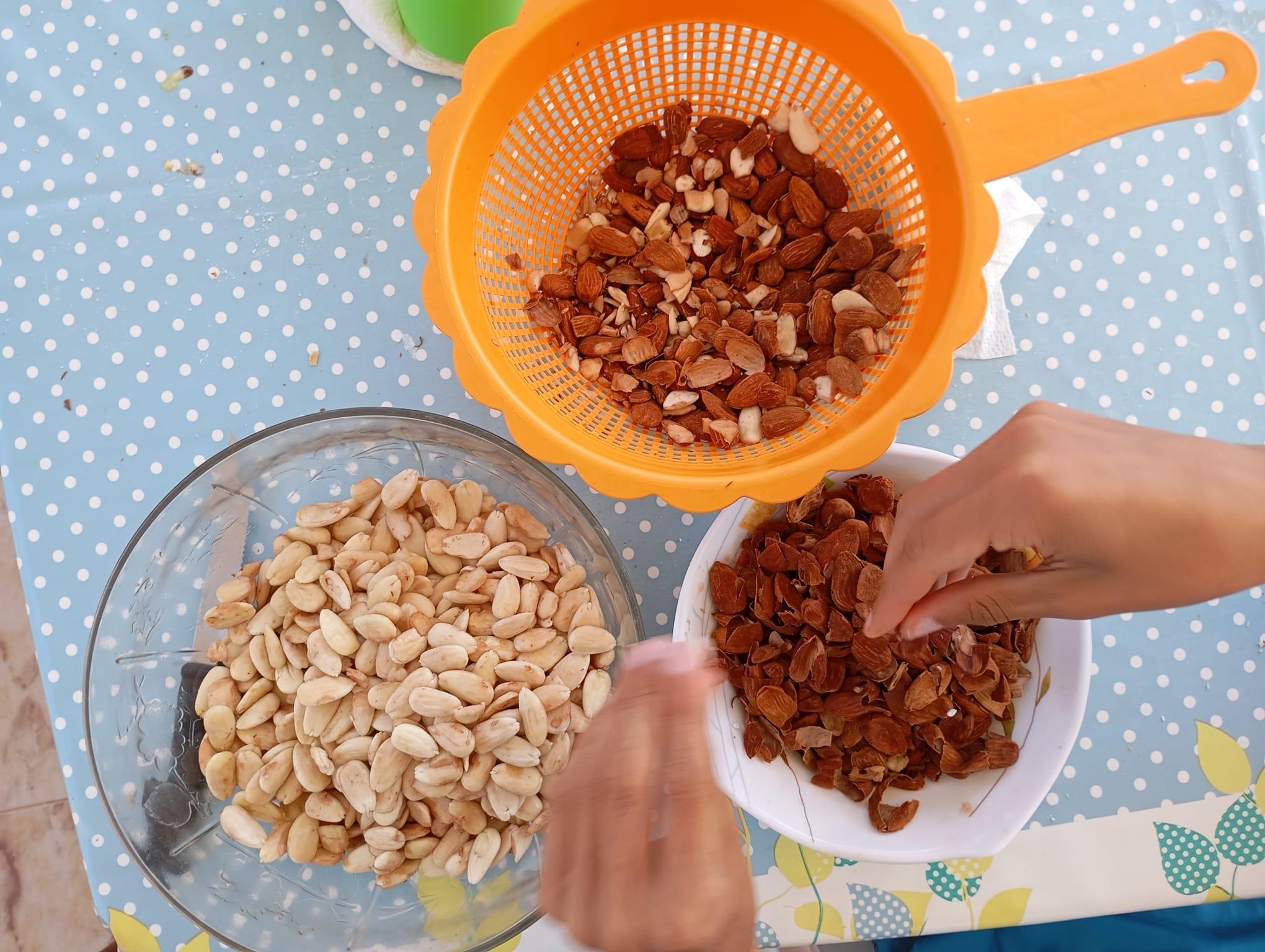.jpeg)

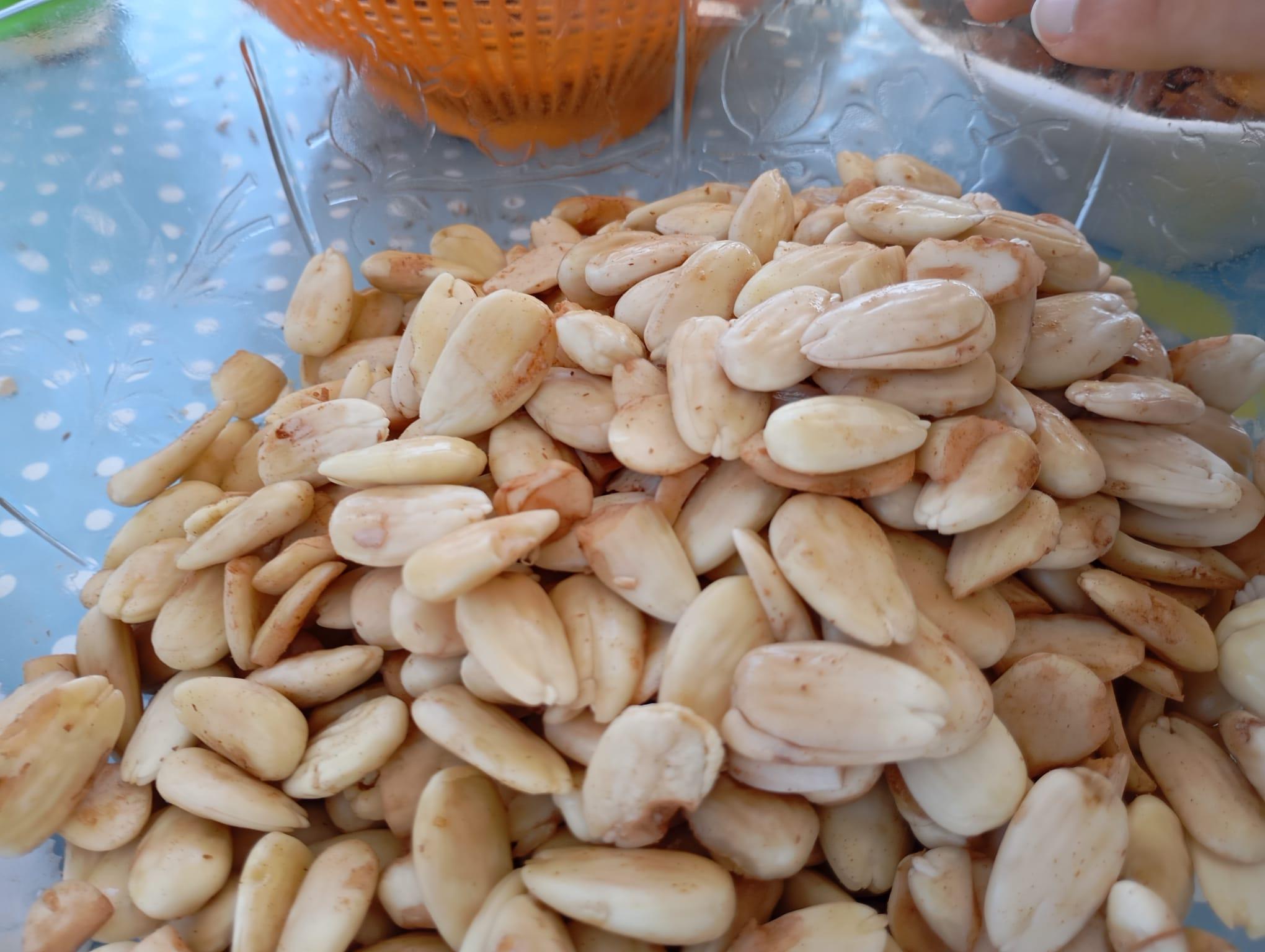.jpeg)
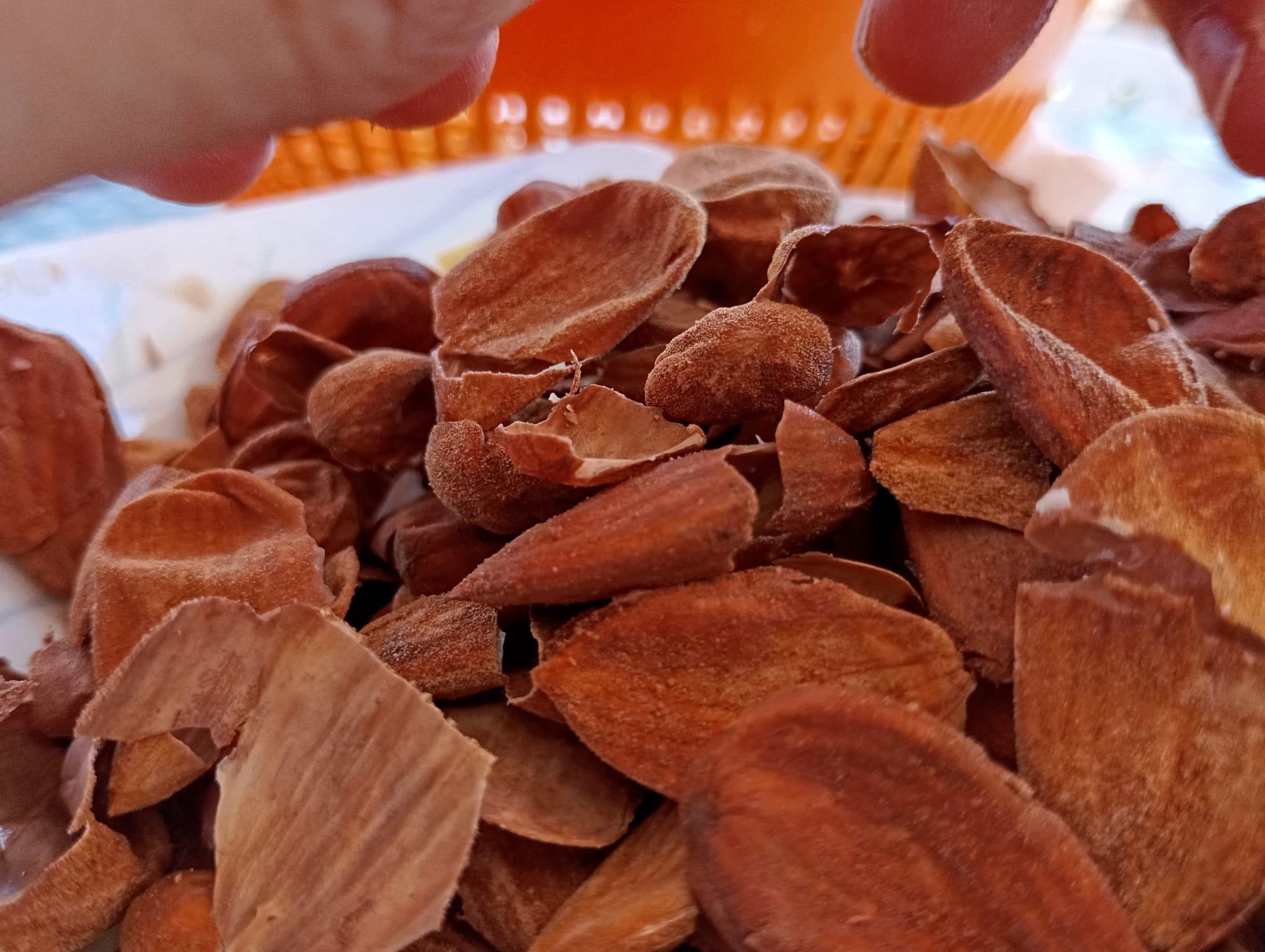.jpeg)
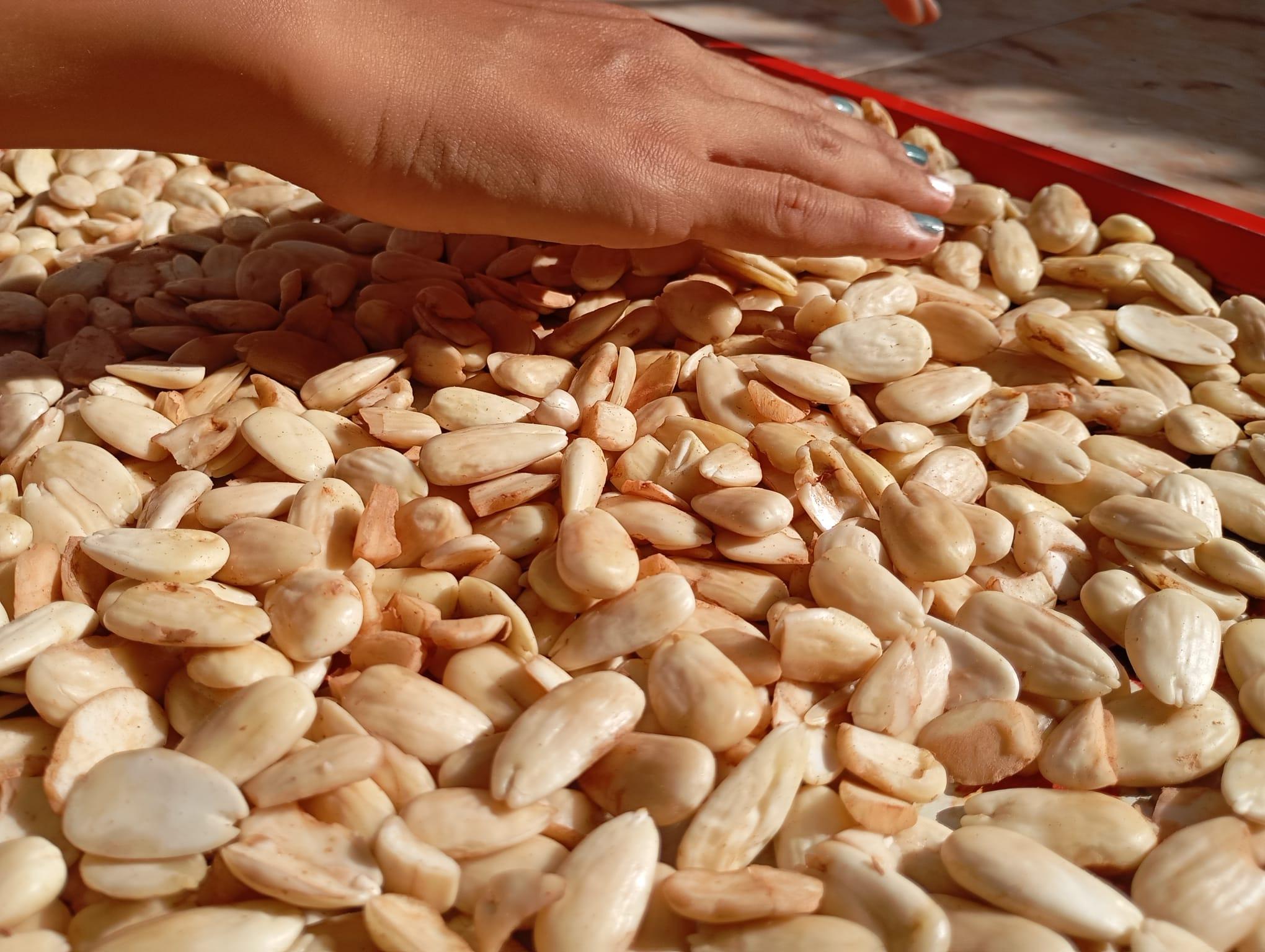.jpeg)
.jpeg)

1. Blanch the Almonds:
- Boil Water: Fill a pot with water and bring it to a rolling boil. Make sure there is enough water to fully submerge the almonds.
- Add the Almonds: Carefully place the cracked almonds into the boiling water. Let them cook for about 1 minute. This process will loosen the skins, making them easier to remove 🥄🌡️.
- Prepare Ice Water: While the almonds are boiling, prepare a bowl filled with ice water. This will be used to cool the almonds quickly and stop the cooking process 🧊.
2. Cool and Peel the Almonds:
- Transfer to Ice Water: After boiling, use a slotted spoon or strainer to transfer the almonds from the hot water to the bowl of ice water. Let them sit for a few minutes until they are cool enough to handle.
- Remove the Skins: Once cooled, gently squeeze each almond between your fingers to slip off the skins. The skins should come off easily. Place the peeled almonds on a towel or tray to dry 🌞.
3. Clean Up:
- Dispose of the Skins: Collect the discarded skins and place them into a trash bag or compost bin.
- Dry the Almonds: Ensure the peeled almonds are fully dry before grinding them into almond flour. This step is crucial for achieving the right texture in your Tarta de Santiago.
With your almonds peeled and ready, you’re now prepared to grind them into a fine flour for use in your Tarta de Santiago recipe. Next, we’ll look at how to grind the almonds and prepare the pastry base.
Grinding the Almonds


Choose Your Grinding Tool:
- Select a Method: You can use a food processor, blender, or mortar and pestle to grind the almonds. Each method will give you slightly different results, so choose the one that works best for you 🔨🍂.
2. Grind the Almonds:
- Using a Food Processor or Blender: Place the peeled almonds into the bowl of the food processor or blender. Pulse the almonds in short bursts until they are finely ground. Be cautious not to over-process, as the almonds can turn into almond butter if processed too long.
- Using a Mortar and Pestle: If you prefer a more traditional method, place a small batch of peeled almonds into the mortar and use the pestle to grind them into a fine flour. This method requires more effort but gives a great texture 🌰.
3. Check the Consistency:
- Fine Flour: The ground almonds should have a texture similar to flour—fine but not powdery. If you find any large pieces, sift the almond flour through a fine mesh sieve and re-grind any larger bits.
- Storage: Transfer the ground almond flour into an airtight container. Store it in a cool, dry place until you are ready to use it for your Tarta de Santiago.
4. Clean Up:
- Clean Your Tools: Wash the food processor, blender, or mortar and pestle thoroughly to remove any almond residue. Dry them before storing.
- Dispose of Any Waste: Discard any leftover almond bits that couldn’t be ground into flour.
Your almond flour is now ready for use in the Tarta de Santiago! Next, we’ll move on to preparing the pastry base (hojaldre) and the cake batter.
Preparing the Pastry Base
.jpeg)
.jpeg)
.jpeg)
.jpeg)
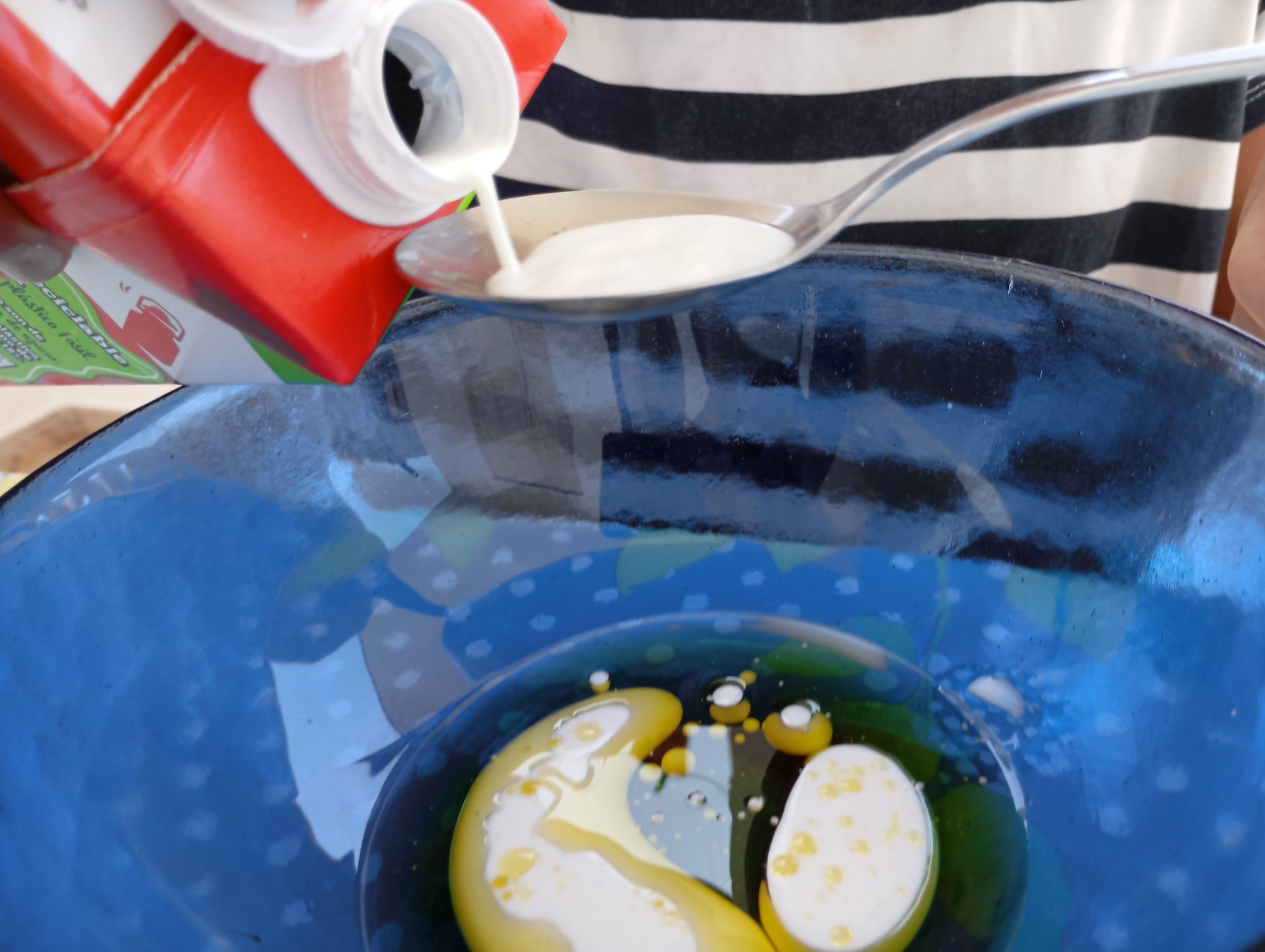.jpeg)
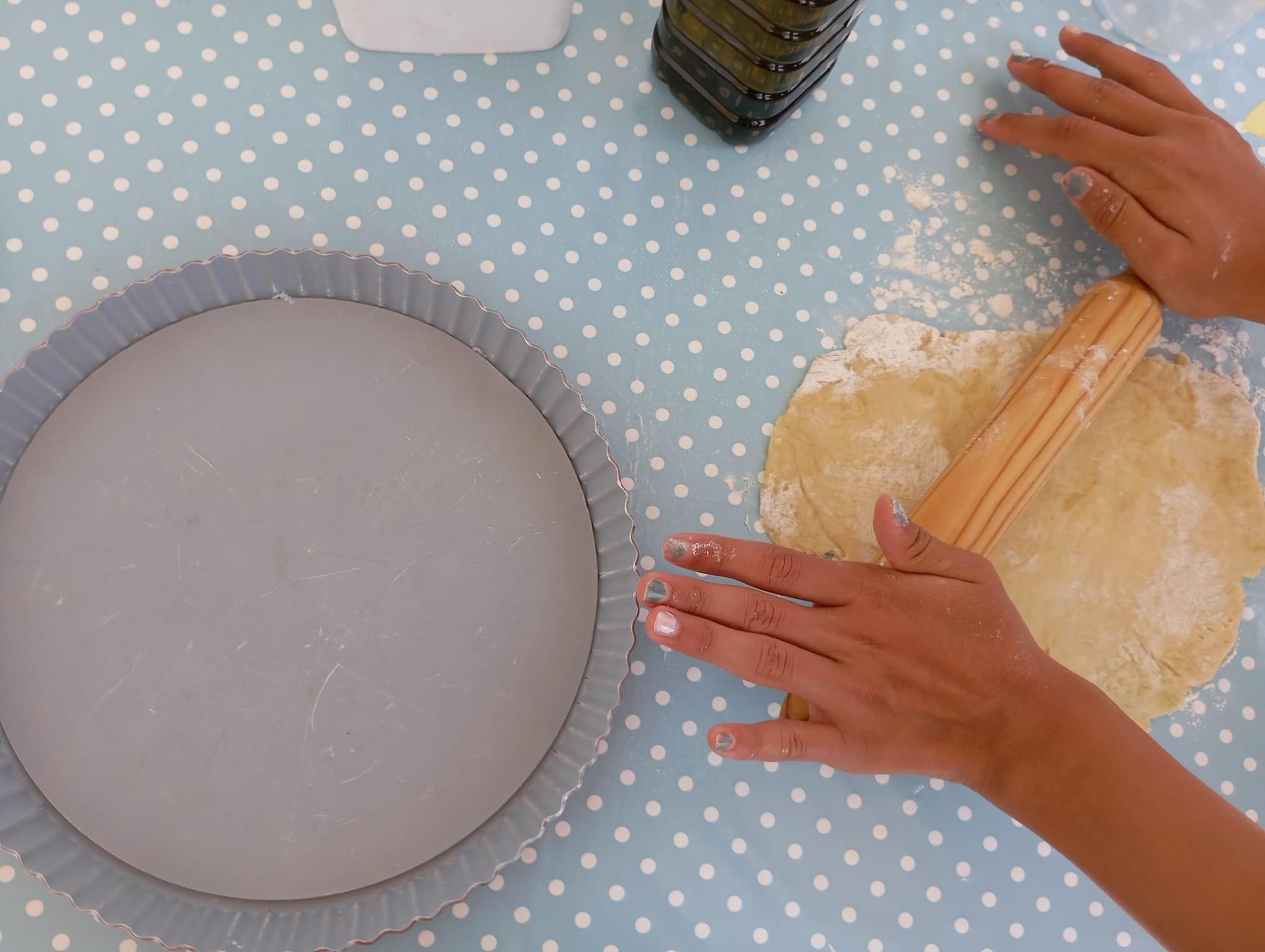.jpeg)

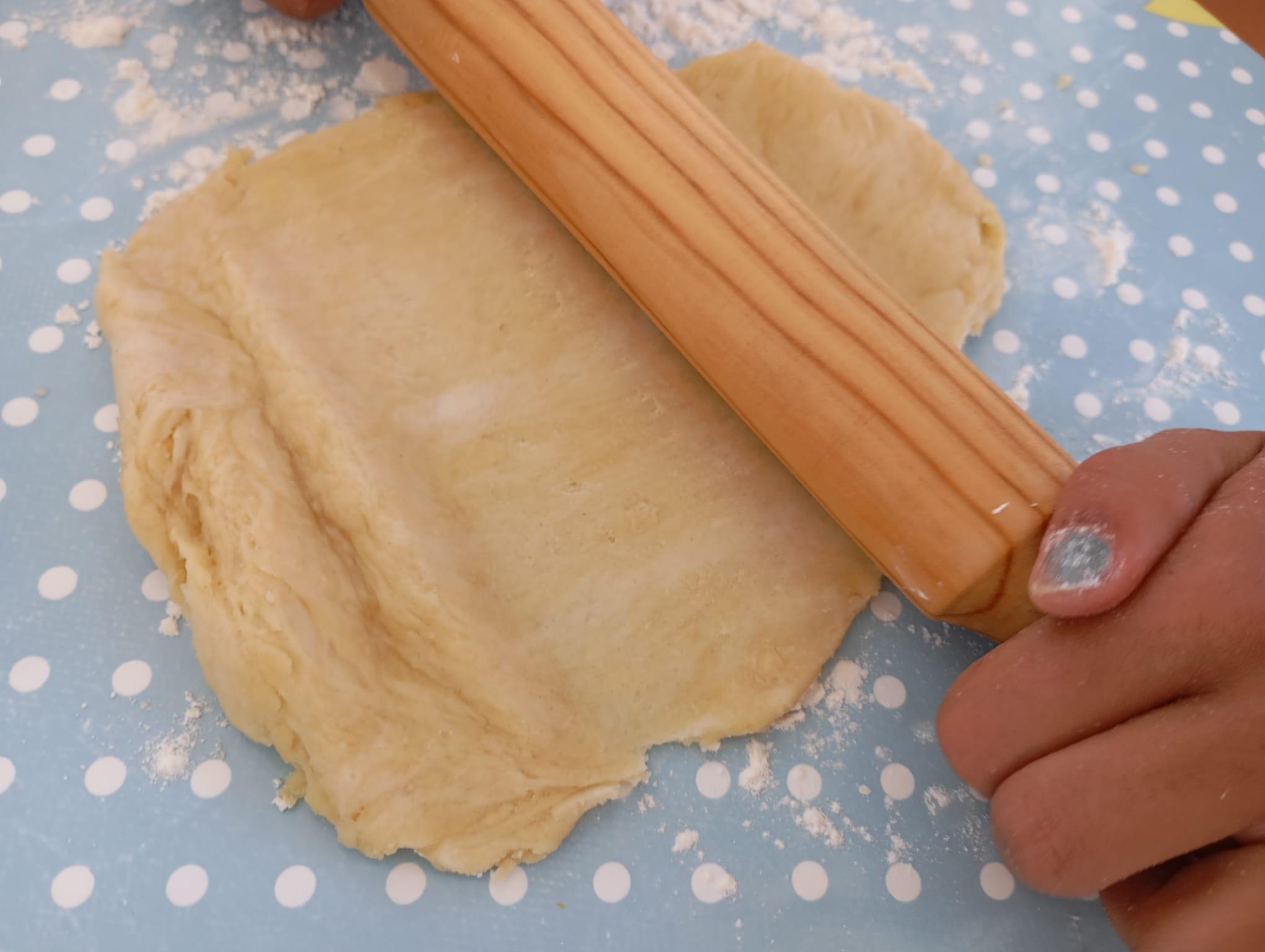.jpeg)
.jpeg)
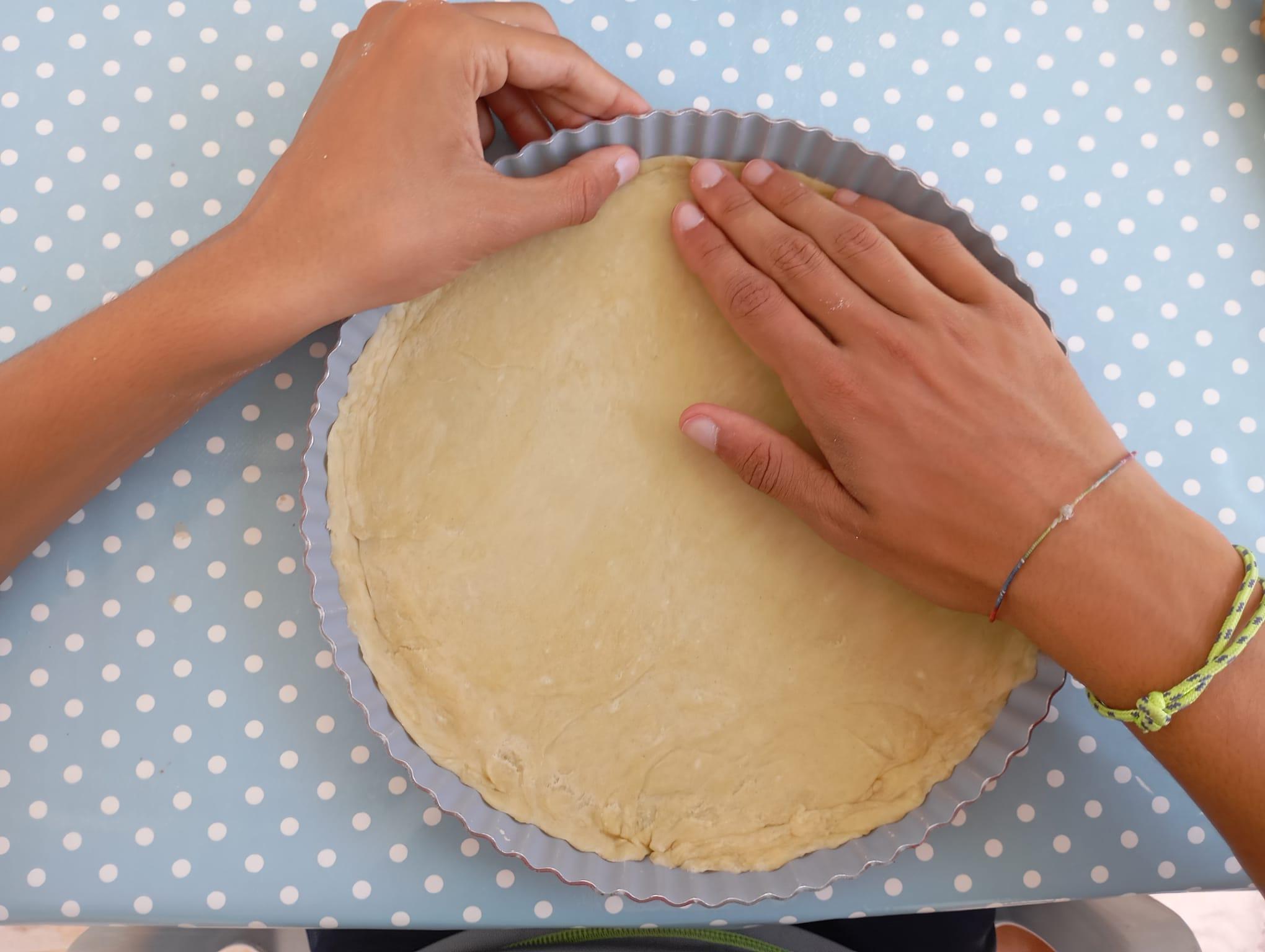.jpeg)
.jpeg)
1. Gather Ingredients for the Pastry Base:
- What You’ll Need:
- 150 grams of all-purpose flour
- 5 tablespoons of vegetable oil
- 5 tablespoons of milk
- A pinch of salt
- A pinch of sugar
2. Collect the Necessary Tools:
- Kitchen Tools:
- Mixing bowl
- Wooden spoon or spatula
- Rolling pin
- Tart pan (with low sides)
- Measuring spoons and cup
- Clean surface for rolling out the dough
3. Mix the Ingredients:
- Combine in a Bowl: In a mixing bowl, add the flour, oil, milk, salt, and sugar. Stir the mixture with a wooden spoon or spatula until it starts to come together.
- Form the Dough: Once the ingredients are combined, use your hands to knead the dough gently. If the dough feels too sticky, sprinkle a little more flour until it reaches the right consistency—soft but not too sticky.
4. Roll Out the Dough:
- Prepare Your Work Surface: Lightly flour a clean surface and your rolling pin. Place the dough on the surface.
- Roll to Size: Roll the dough out into a thin, even layer, enough to cover the entire bottom of the tart pan and extend about a finger’s width up the sides. This will help to securely hold the filling in place during baking.
5. Line the Tart Pan:
- Transfer the Dough: Carefully lift the rolled-out dough and place it into the tart pan. Press the dough into the bottom and along the sides of the pan, ensuring there are no air bubbles or gaps. The dough should cover the entire base and extend up the sides about a finger’s width, forming a sturdy edge.
6. A Note on the Pastry Base:
- Original Recipe Variation: Traditionally, the Tarta de Santiago doesn’t include a pastry base. However, I decided to add one because it eliminates the need for parchment paper or butter in the pan and doesn’t stick, making it easy to remove the tart after baking.
7. Prepare for the Filling:
- Preheat the Oven: Preheat your oven to 200°C (about 392°F) to get it ready for baking the Tarta de Santiago.
- Set Aside: Set the prepared tart base aside while you mix the cake batter in the next step.
Making the Almond Filling
.jpeg)

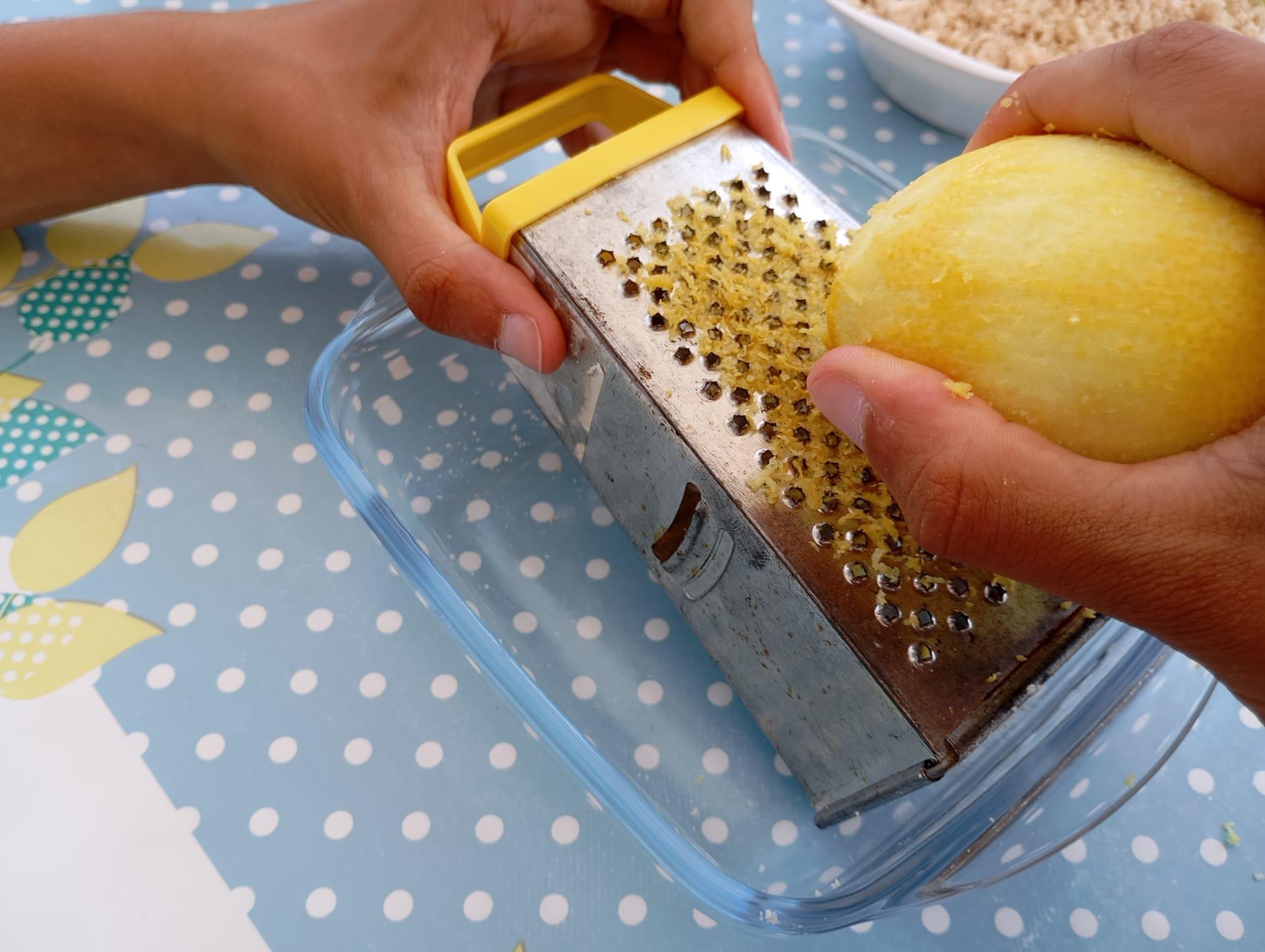.jpeg)
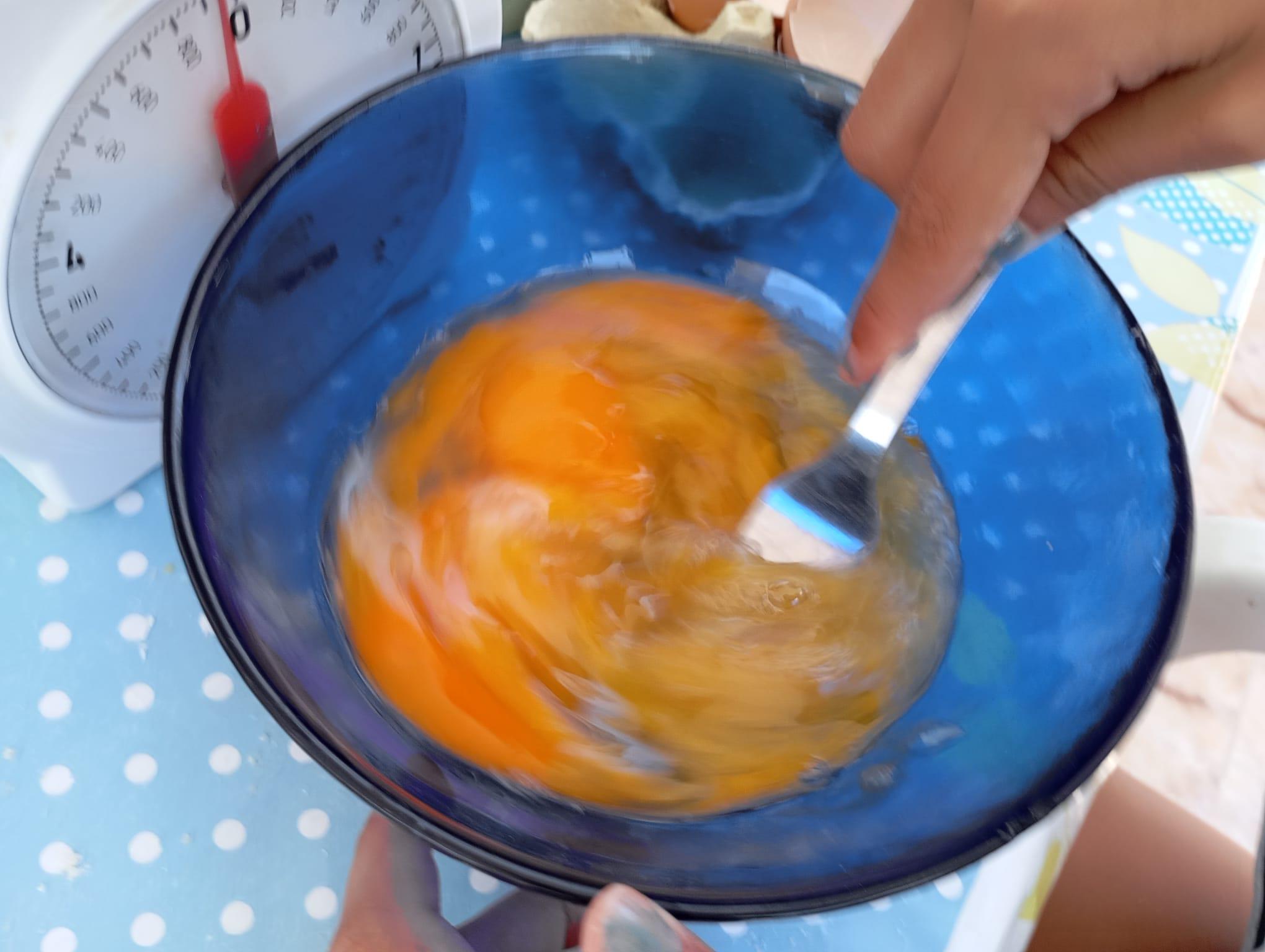.jpeg)



.jpeg)
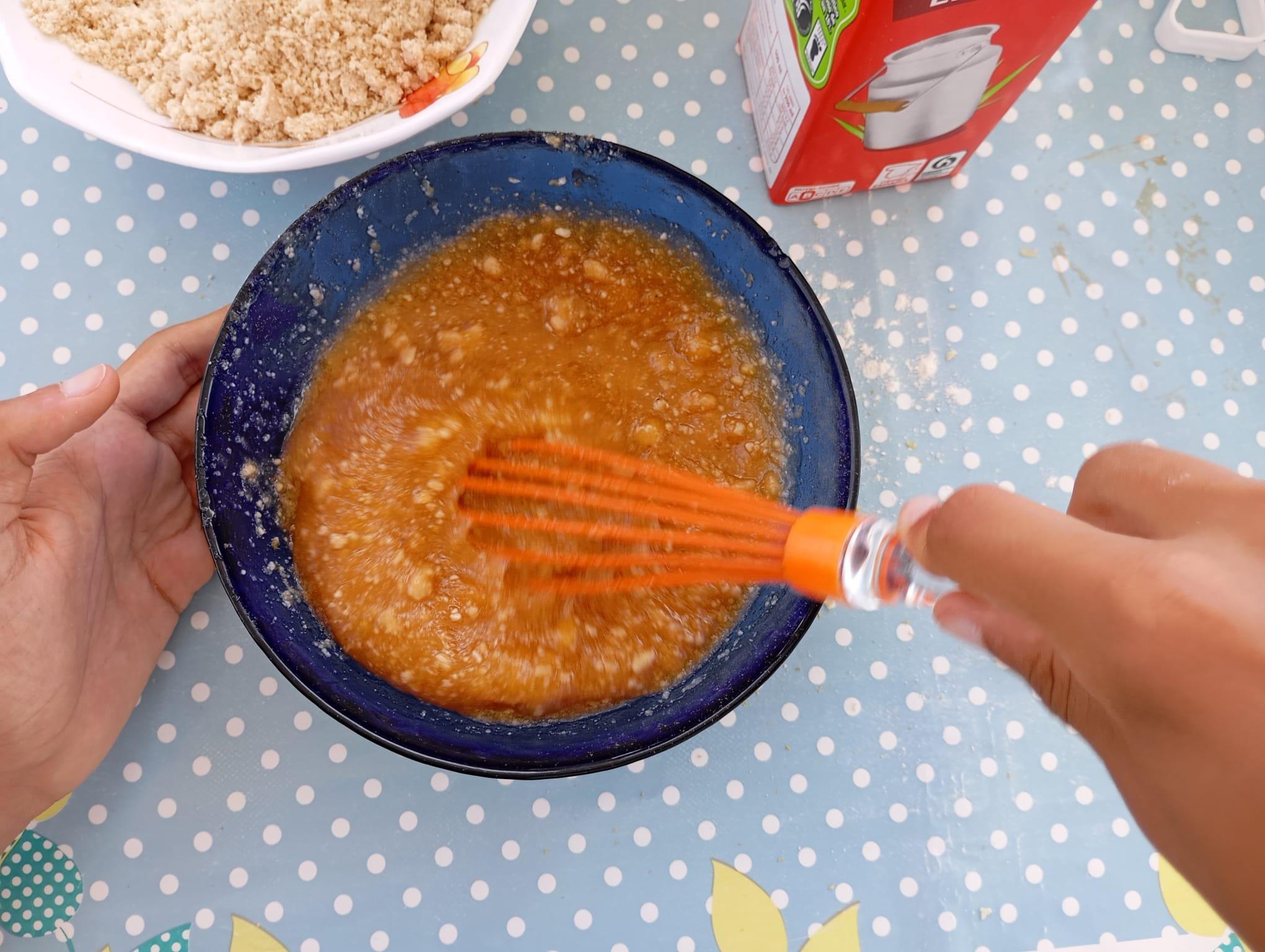.jpeg)

.jpeg)
.jpeg)


.jpeg)
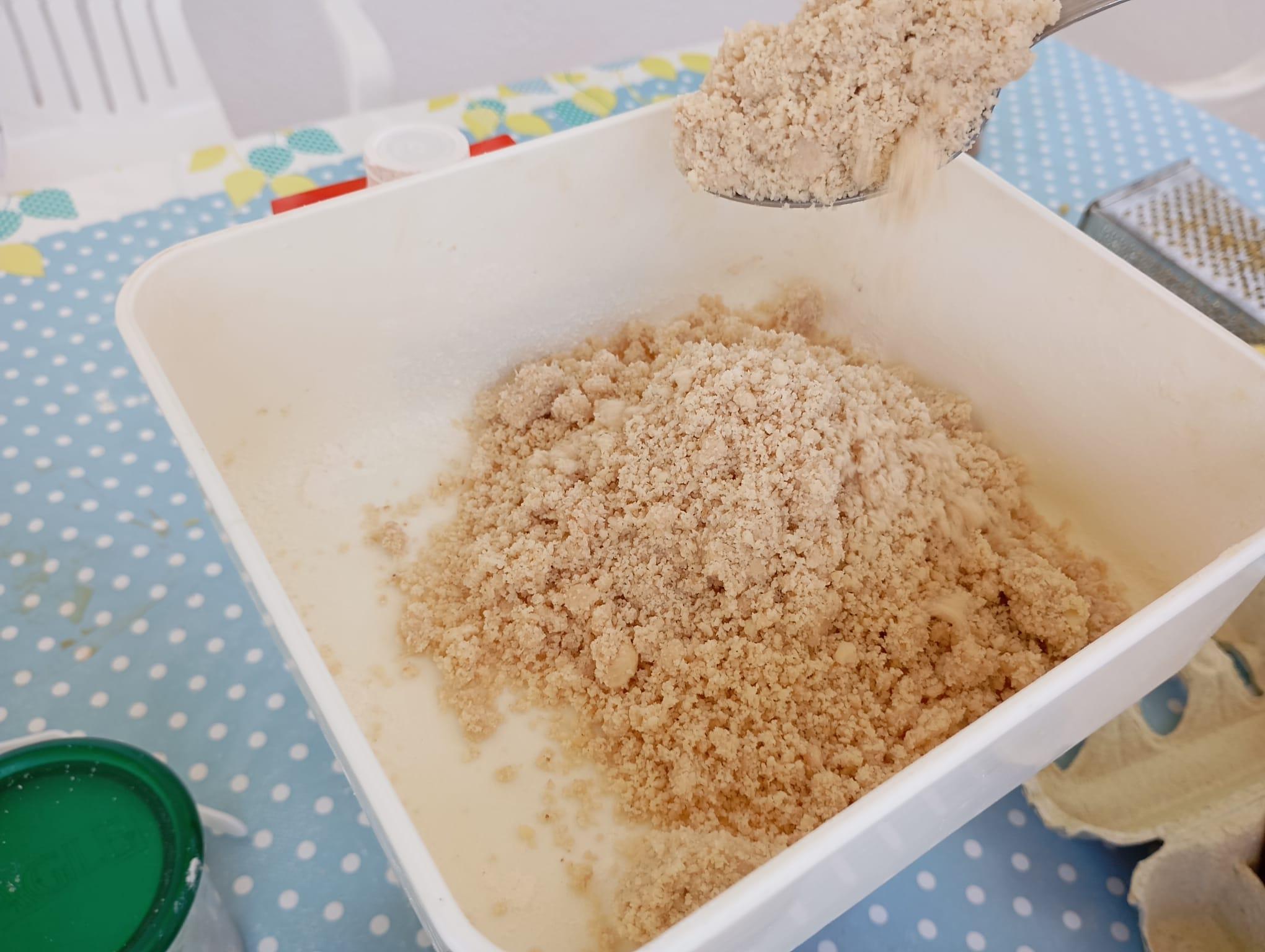.jpeg)
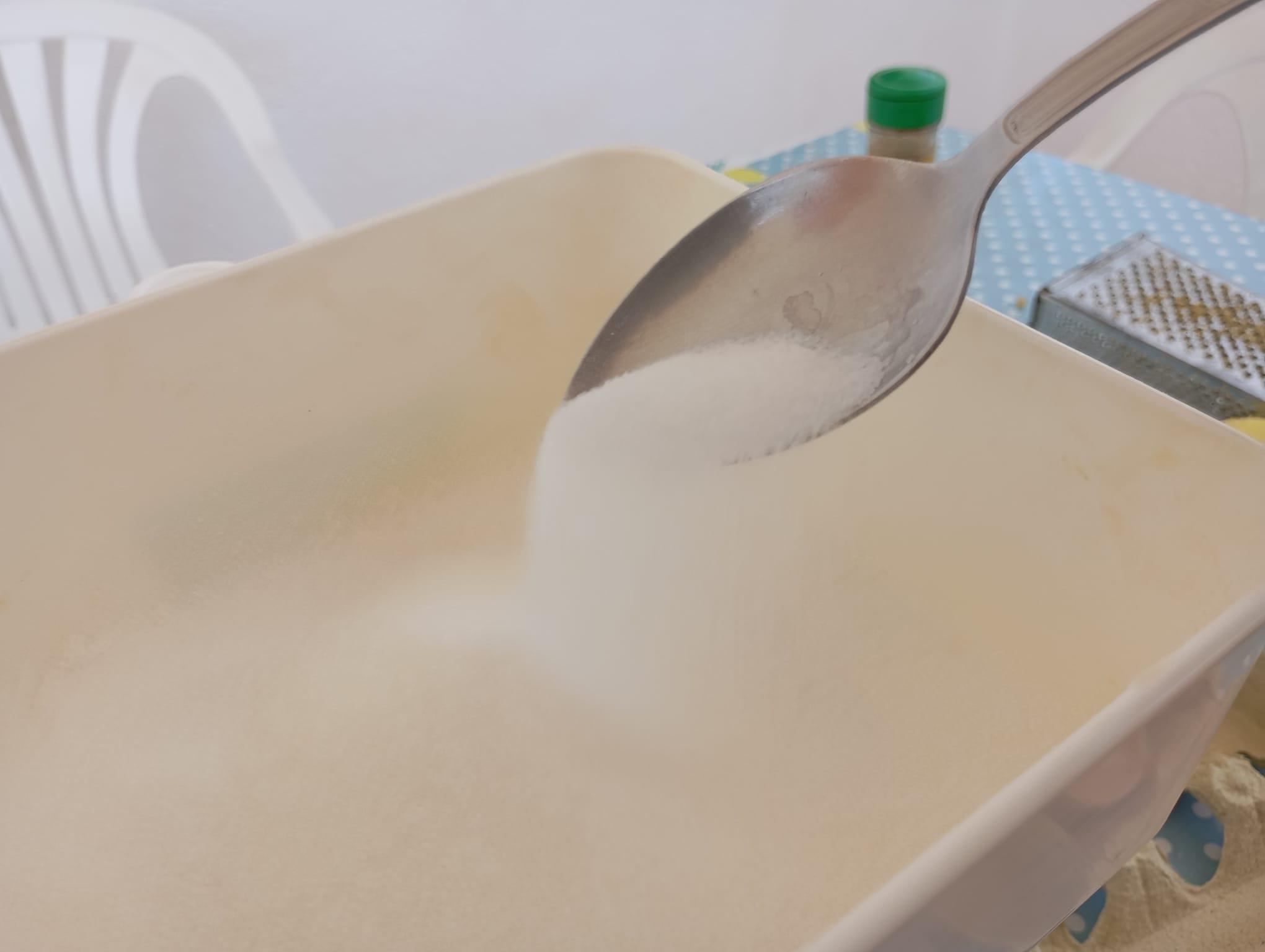.jpeg)

1. Gather Ingredients for the Filling:
- What You’ll Need:
- 200 grams of almond flour (from the almonds you ground earlier)
- 200 grams of sugar
- 4 large eggs
- Zest of one lemon
- 1 teaspoon of ground cinnamon
2. Collect the Necessary Tools:
- Kitchen Tools:
- Mixing bowl
- Whisk or electric mixer
- Zester or grater
- Measuring spoons and scale
3. Mix the Filling:
- Beat the Eggs: In a large mixing bowl, crack the 4 eggs and beat them using a whisk or electric mixer until they are light and frothy.
- Add the Sugar: Gradually add the sugar to the eggs while continuing to whisk until the mixture becomes thick and pale.
- Incorporate the Almond Flour: Slowly add the almond flour (ground almonds from the previous step) to the egg mixture, stirring gently until everything is well combined.
- Add Zest and Cinnamon: Grate the zest of one lemon directly into the mixture, and then add the ground cinnamon. Stir everything together until you have a smooth, well-mixed batter.
4. Pour the Filling into the Pastry Base:
- Transfer to the Pan: Pour the almond filling into the prepared pastry base, spreading it out evenly with a spatula or the back of a spoon.
Baking the Cake

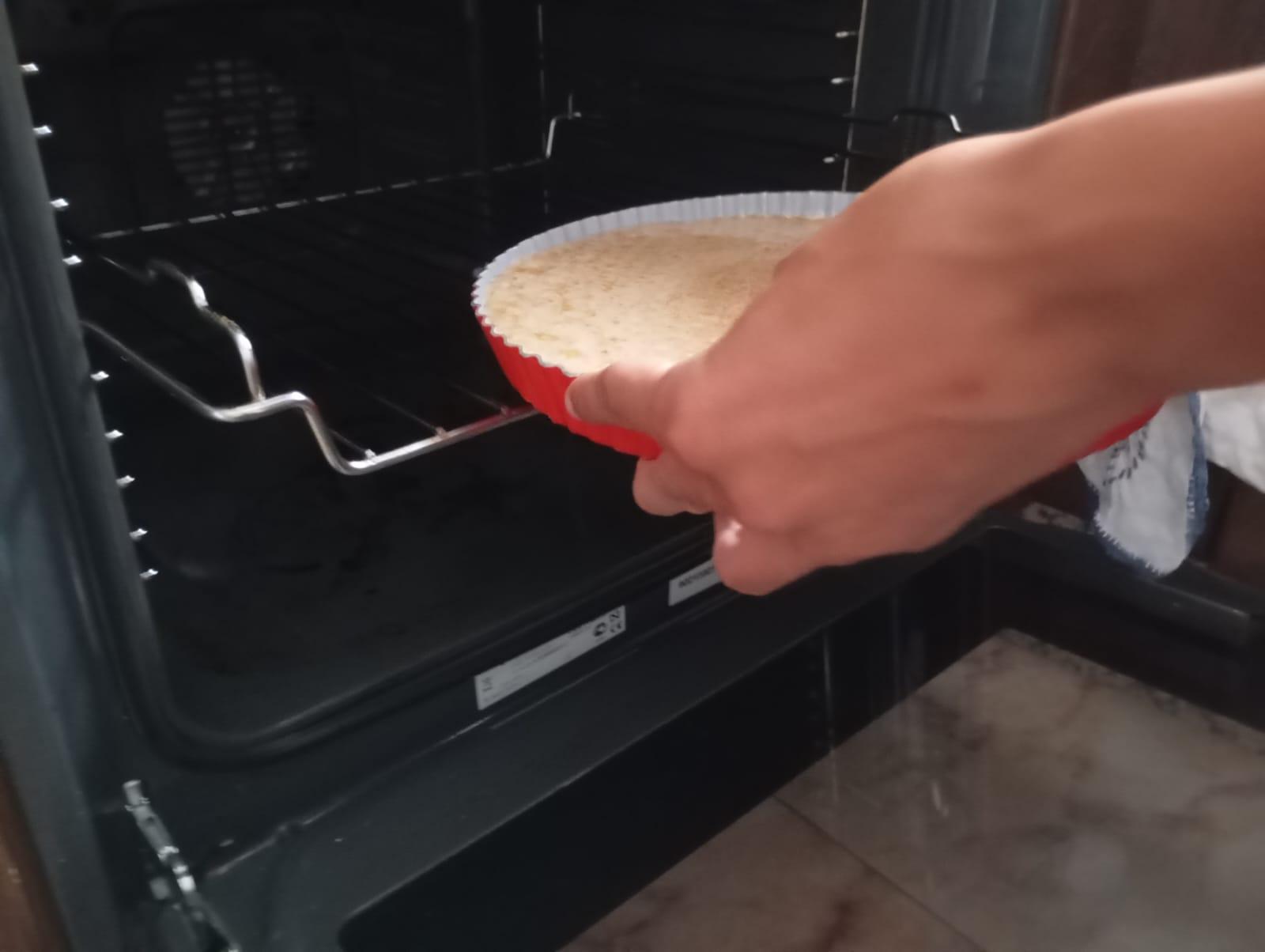.jpeg)
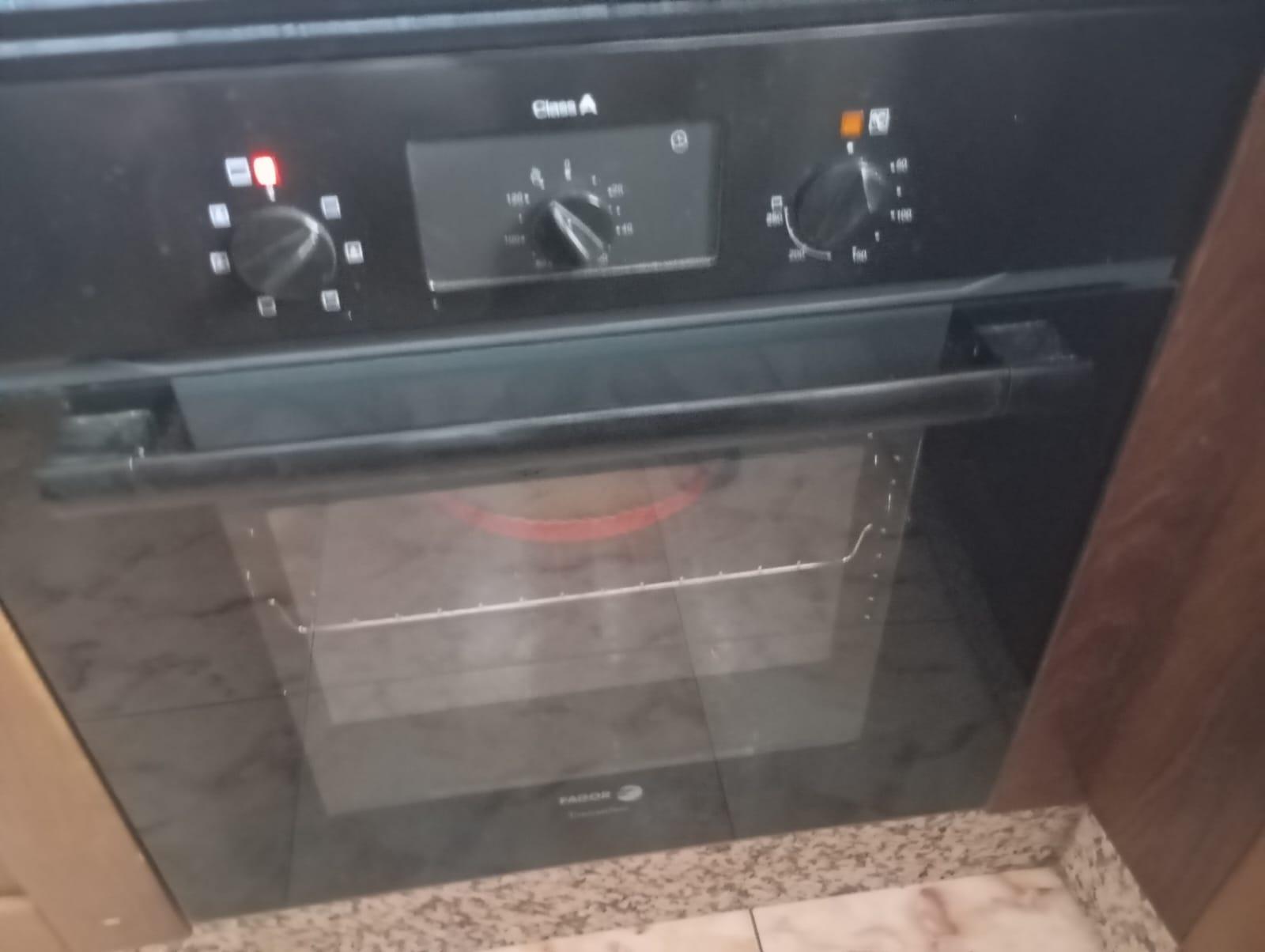.jpeg)
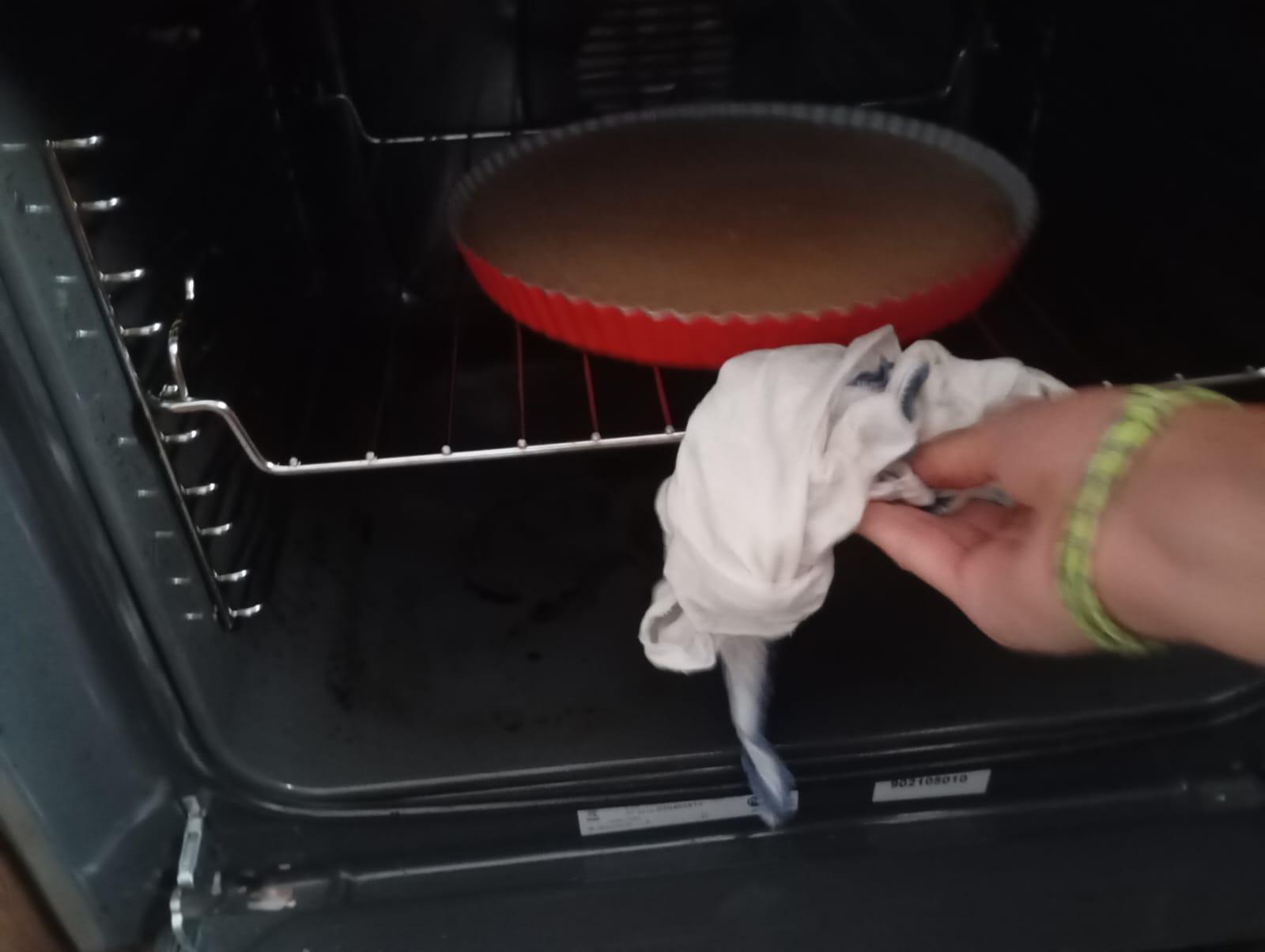.jpeg)
.jpeg)
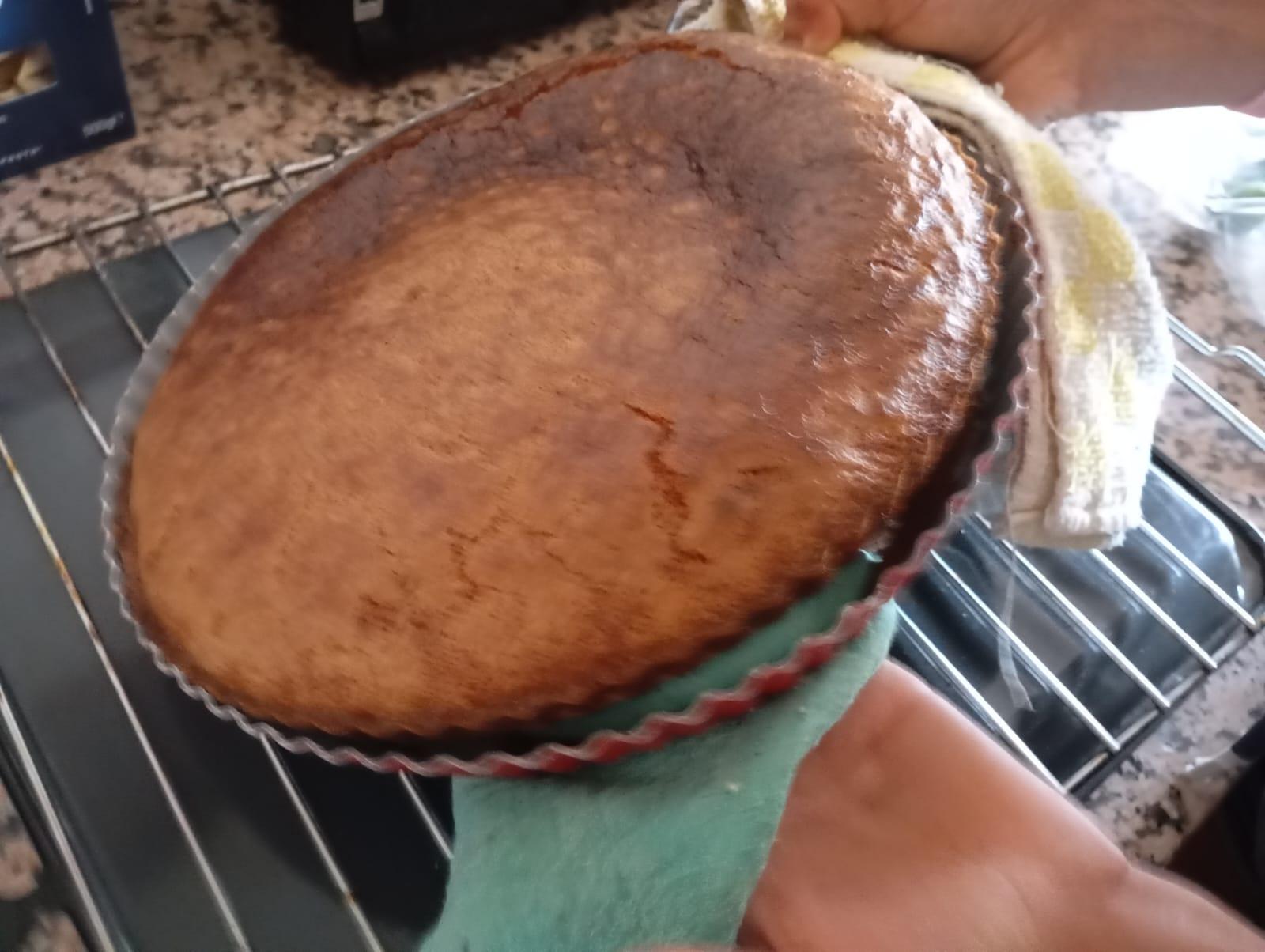.jpeg)
.jpeg)
.jpeg)

1. Preheat the Oven:
- Check the Temperature: Ensure your oven is preheated to 200°C (about 392°F) before placing the tart inside. This temperature is crucial for achieving the perfect texture and golden color.
2. Bake the Cake:
- Place the Tart in the Oven: Carefully put the tart pan with the almond filling into the preheated oven.
- Baking Time: Bake the Tarta de Santiago for about 30 minutes. Keep an eye on the tart as it bakes—the filling should set, and the top should turn a beautiful golden brown.
As the tart bakes, your kitchen will fill with the delightful aroma of almonds and lemon, a fragrant preview of the delicious dessert to come🍋🌰.
4. Check for Doneness:
- Test the Tart: After 30 minutes, check if the filling is fully set by inserting a knife into the center. If the knife comes out clean, the tart is done. If not, bake for a few more minutes and test again.
5. Remove from the Oven:
- With your Tarta de Santiago perfectly baked and ready, let it cool before moving on to the final decoration step, where you'll create the iconic cross design and dust it with powdered sugar! ✨
Decorating With the Iconic Cross


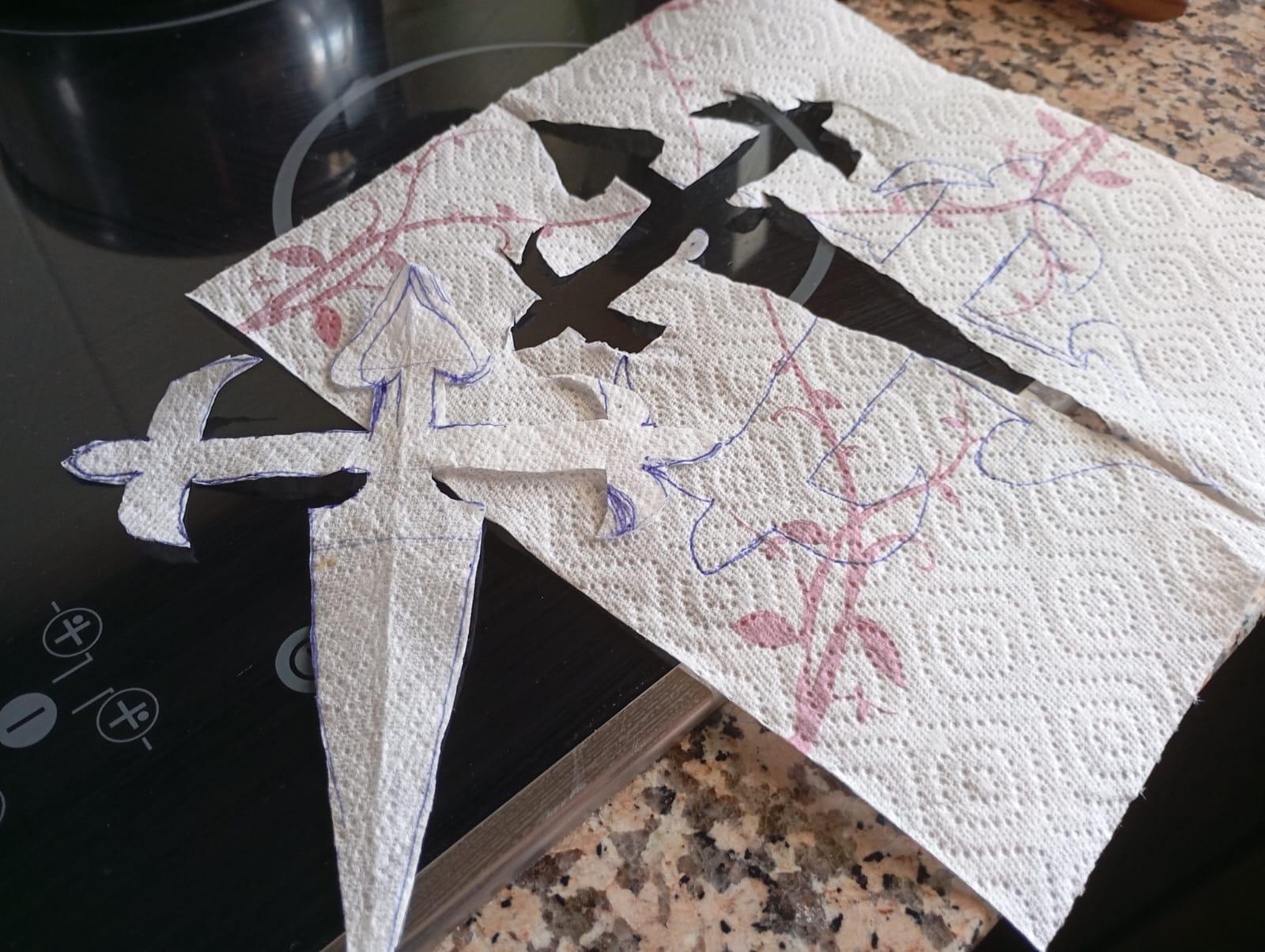.jpeg)
.jpeg)
.jpeg)
.jpeg)


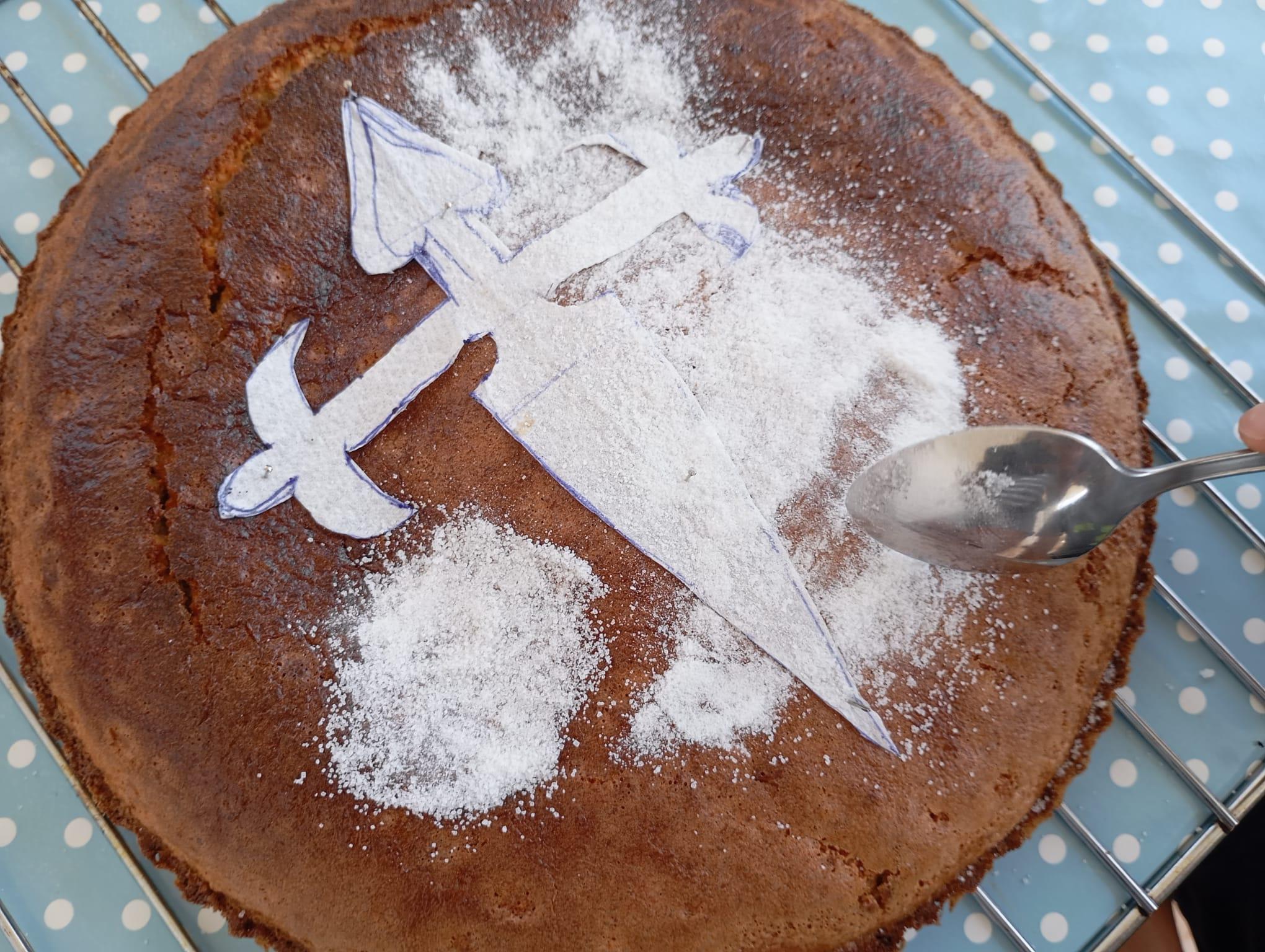.jpeg)


Create the Cross Template:
- Draw the Cross: Take a piece of paper and draw the shape of the Santiago cross, a traditional symbol of the Tarta de Santiago. If you're not confident in your drawing skills, you can print a template from the internet and cut it out ✂️.
- Cut Out the Template: Carefully cut out the cross shape, which you will use as a stencil for the powdered sugar.
2. Place the Template on the Tart:
- Position the Cross: Place your paper cross template gently on top of the tart. Make sure it's centered and lying flat against the surface of the tart.
3. Dust with Powdered Sugar:
- Prepare the Sugar: In a small bowl, prepare some powdered sugar. You can also make your own by blending regular sugar until it's a fine powder.
- Sift the Sugar: Using a spoon, gently dust the powdered sugar over the entire surface of the tart, covering both the template and the exposed areas of the tart.
- Remove the Template: Carefully lift the paper template off the tart to reveal the cross design. The area under the template will remain the color of the tart, while the surrounding area will be beautifully dusted with sugar, creating a striking contrast ✨.
Enjoy Your Tarta De Santiago
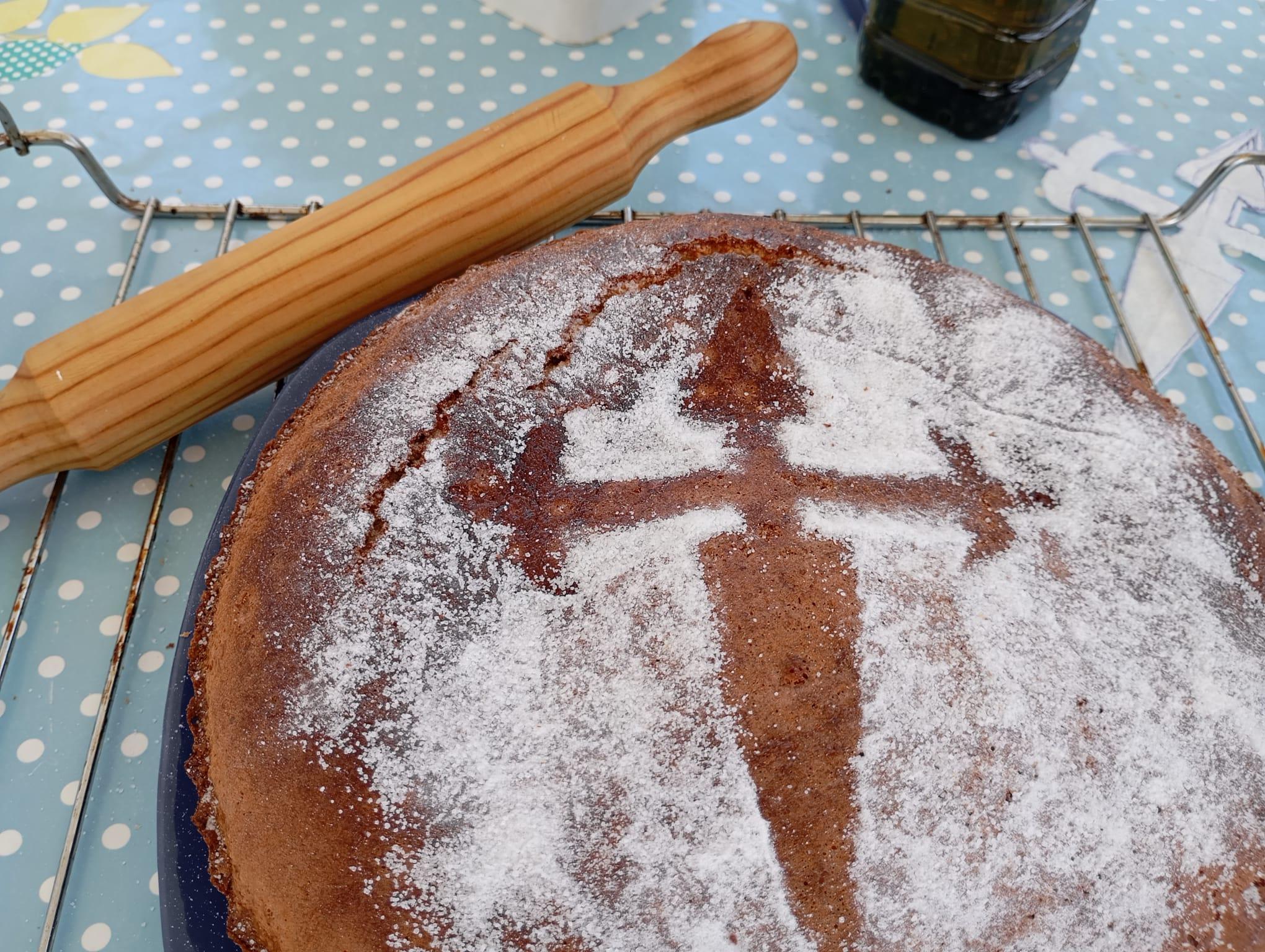.jpeg)

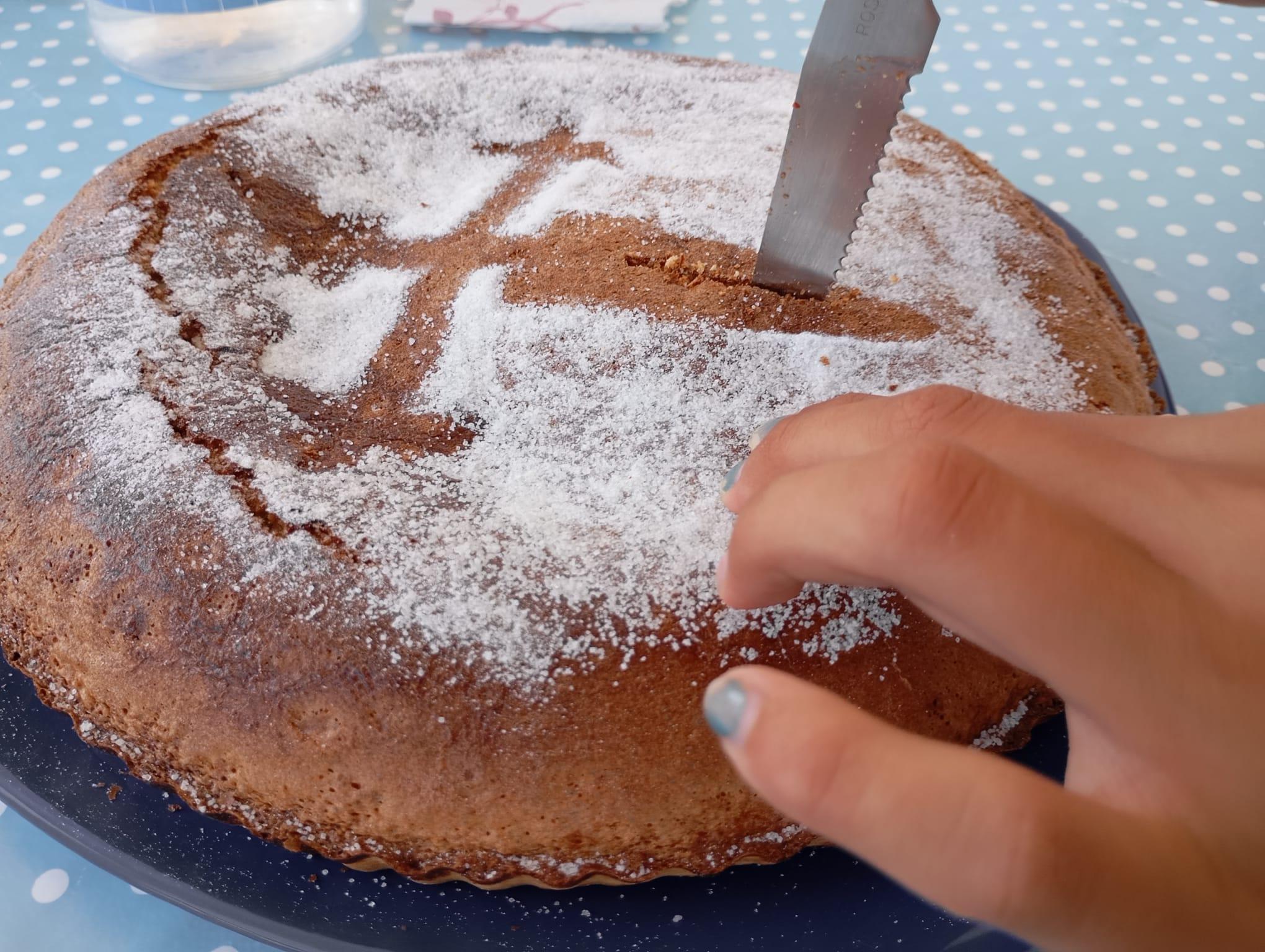.jpeg)
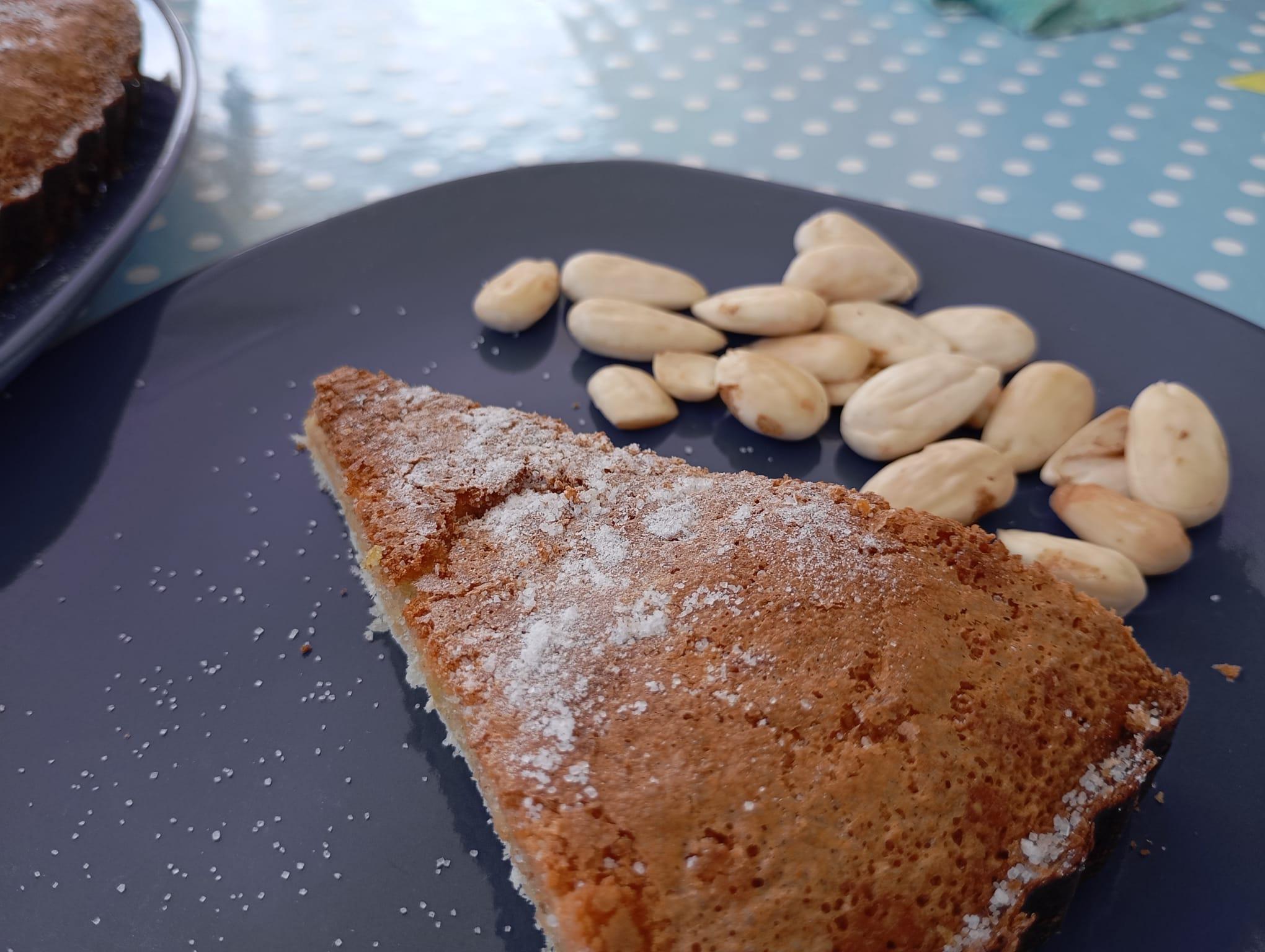.jpeg)
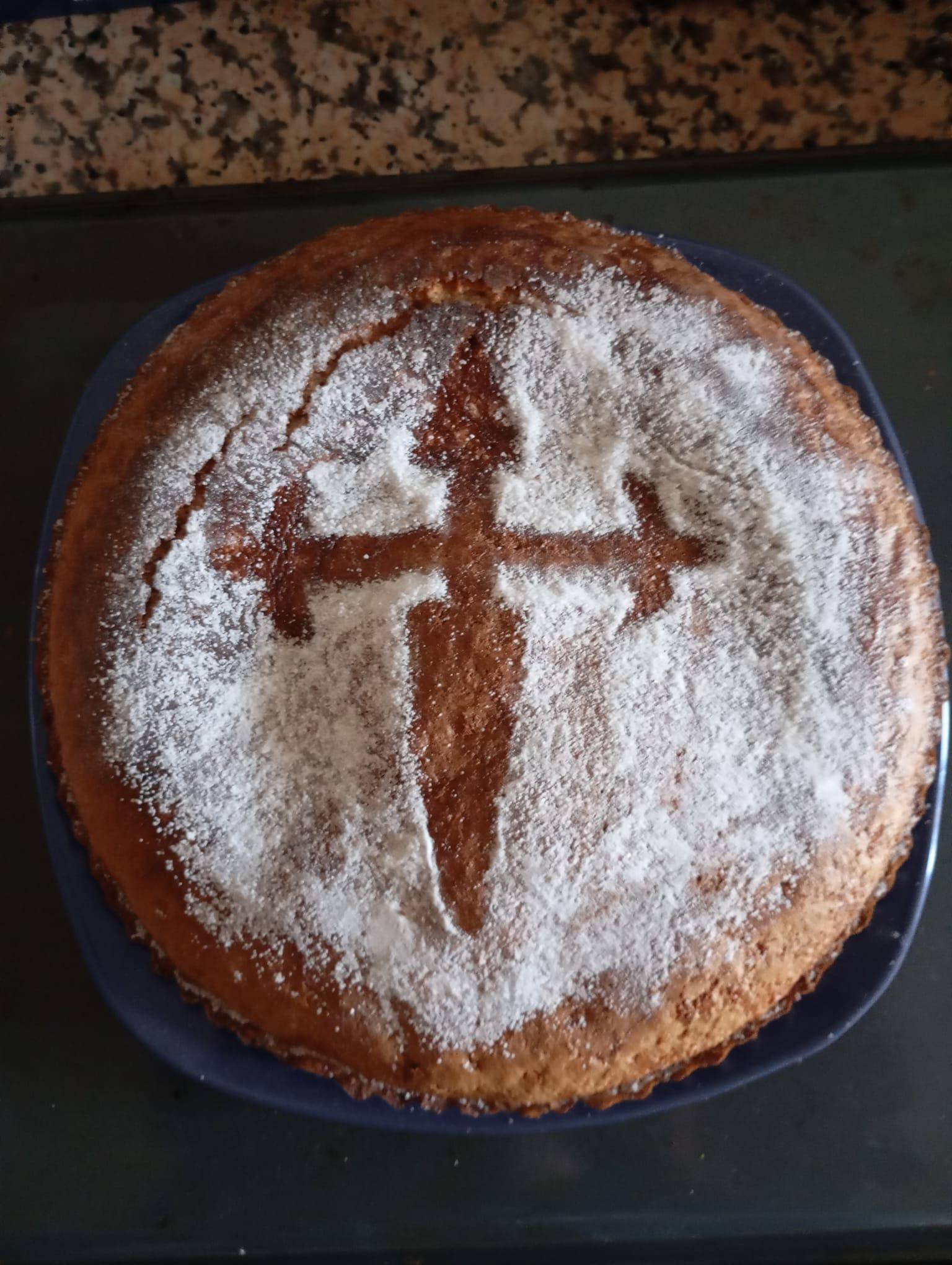.jpeg)
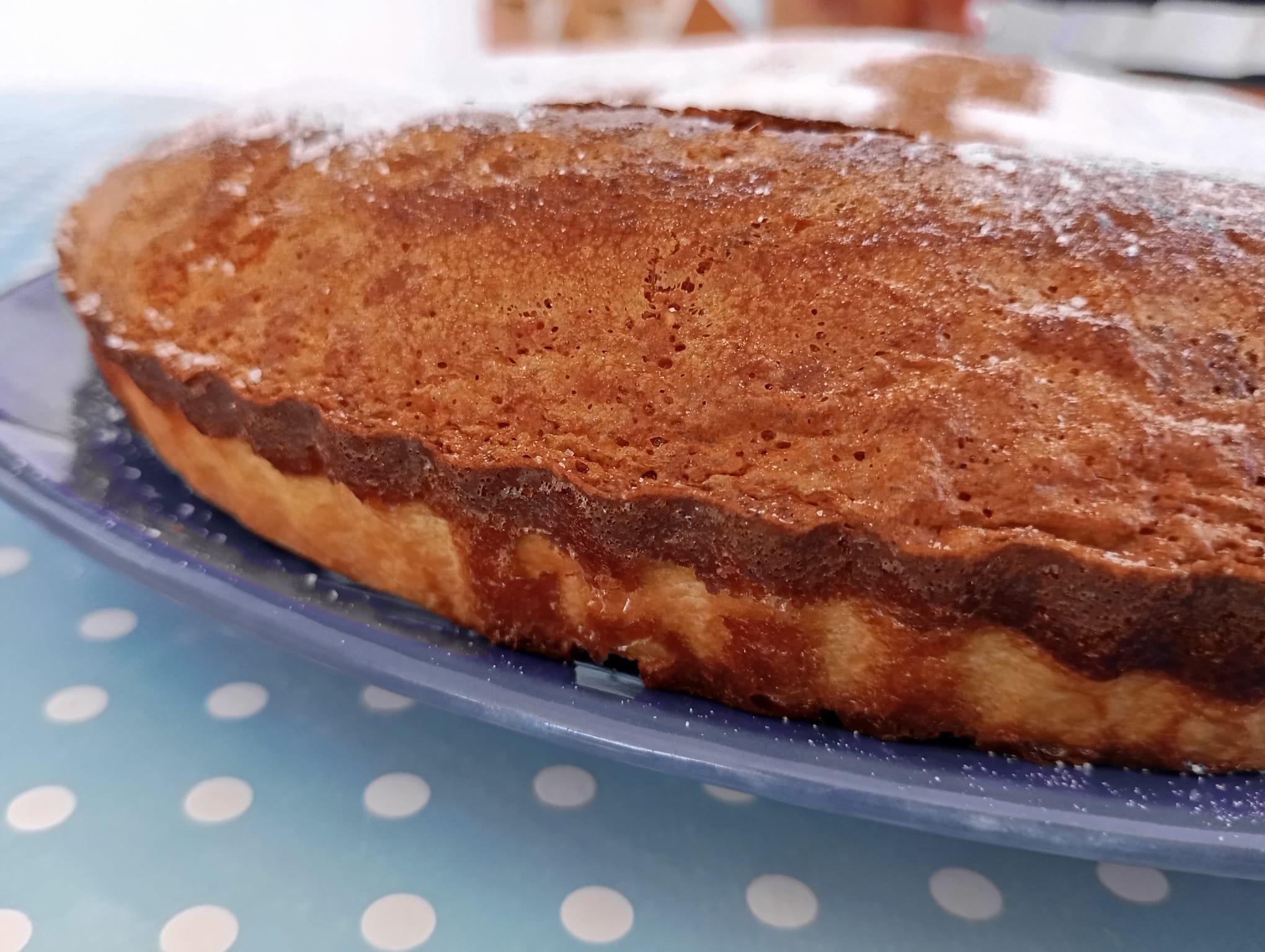.jpeg)
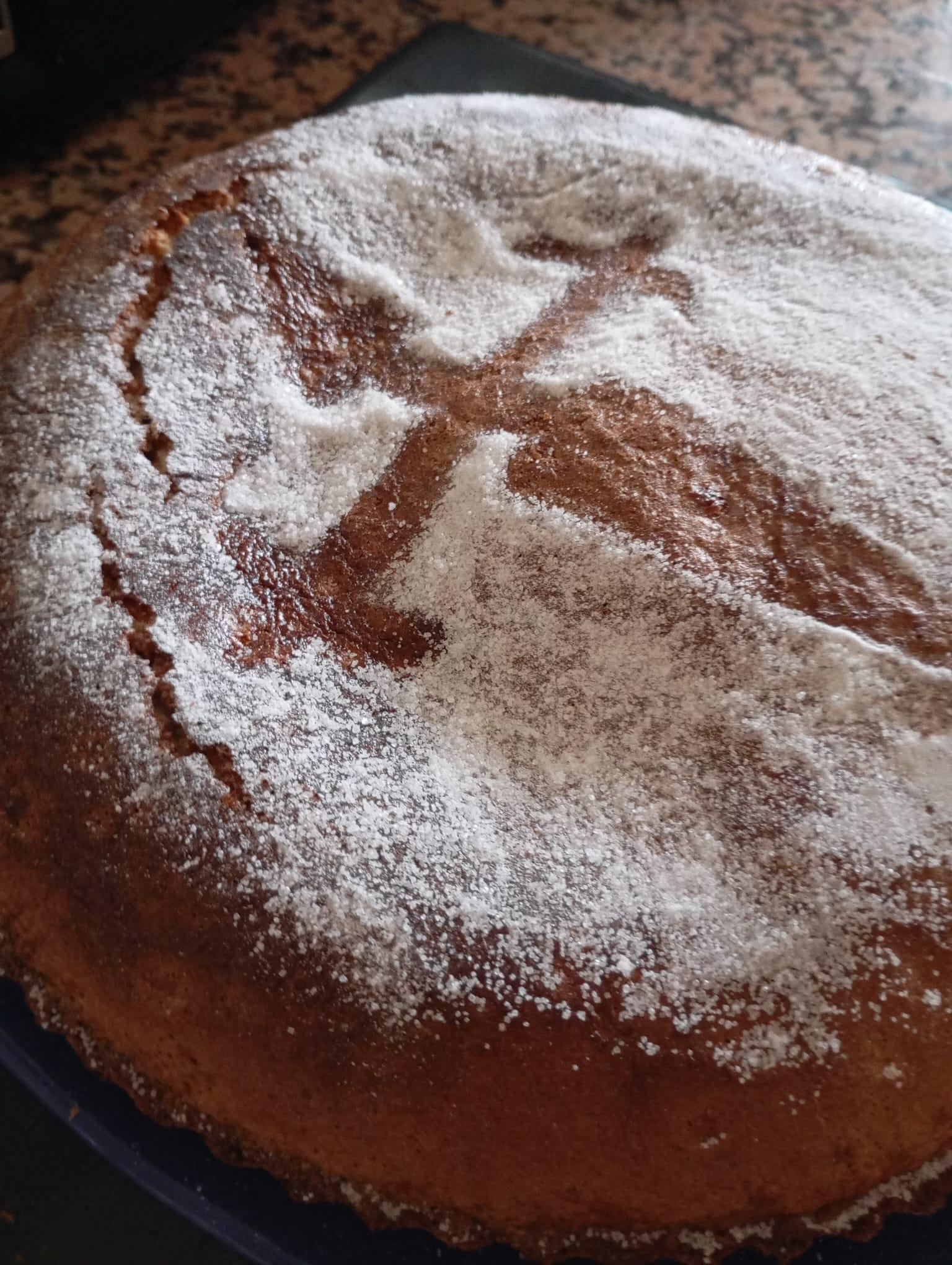.jpeg)
.jpeg)
.jpeg)
.jpeg)

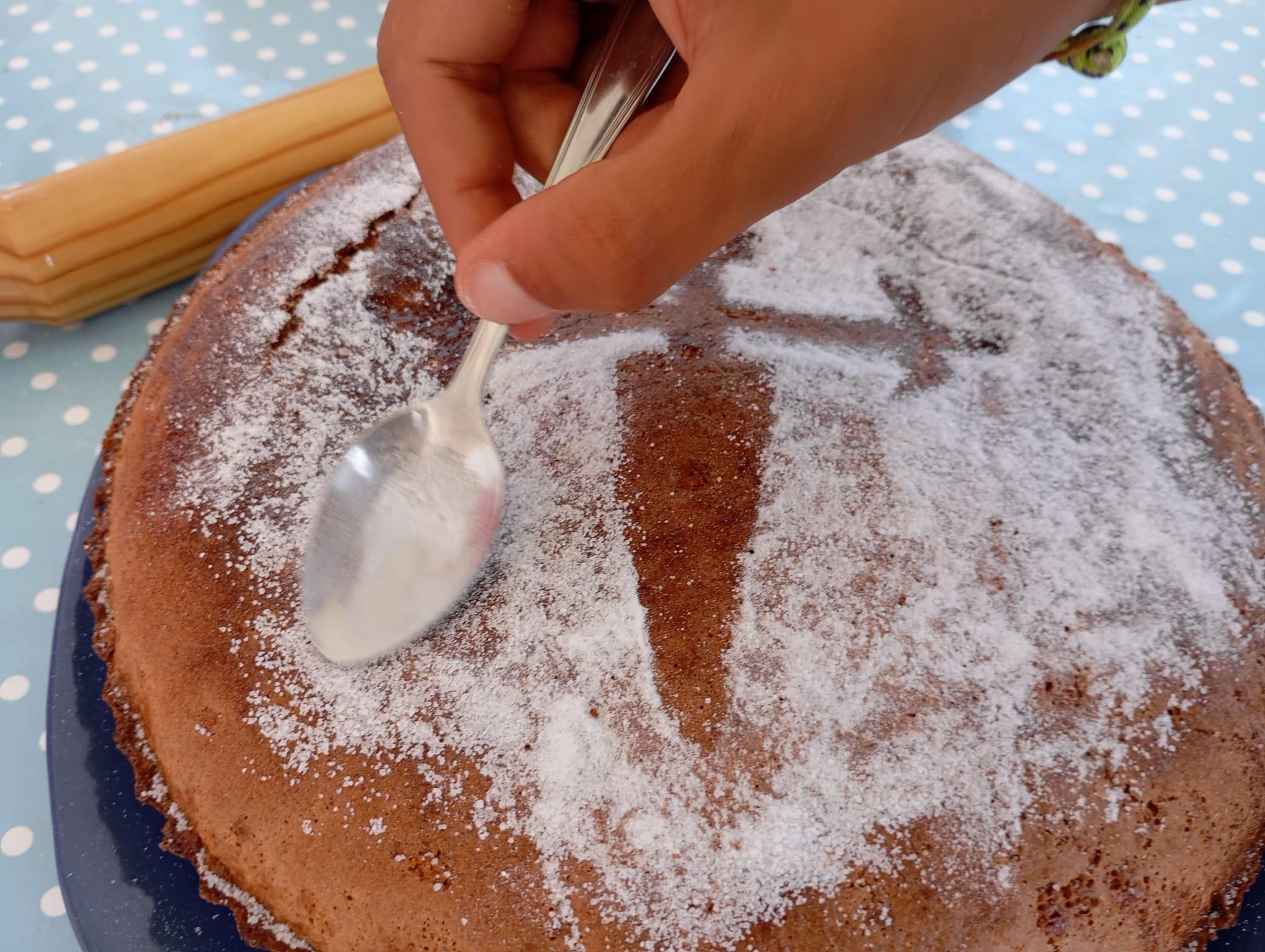.jpeg)
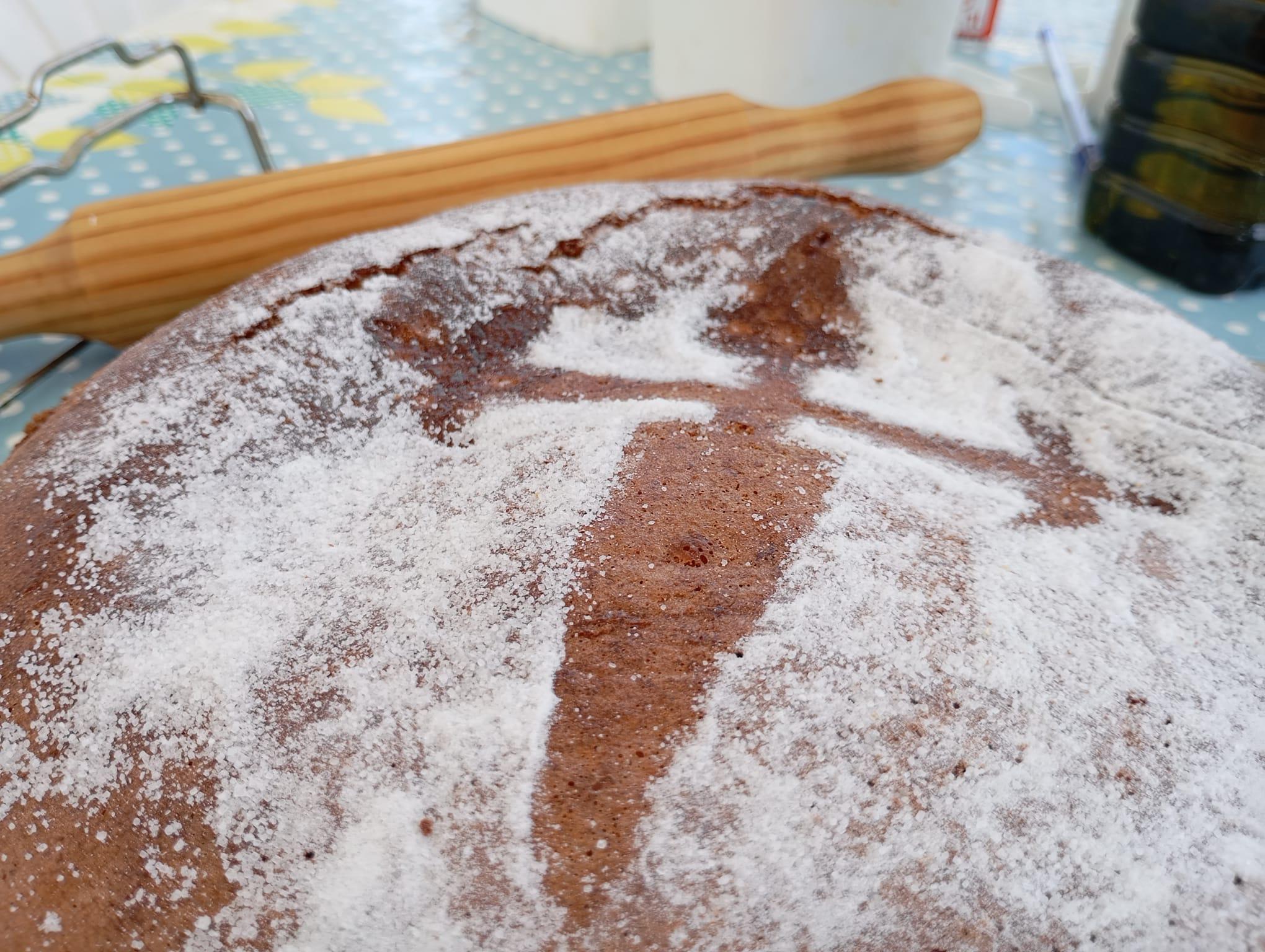.jpeg)
.jpeg)
.jpeg)
Use a sharp knife to slice your Tarta de Santiago into portions. The tart is typically served in thin slices due to its rich almond flavor, making it perfect for sharing with family and friends 🍽️.
Optional Pairings:
- Add a Beverage: This traditional dessert pairs wonderfully with a cup of coffee, tea, or even a glass of dessert wine like a Spanish Moscatel 🍷☕.
- Garnish if Desired: Though the tart is beautiful on its own, you can add a small dollop of whipped cream or a few fresh berries on the side for an extra touch 🍓.
Take a moment to truly enjoy the rich flavors and textures of your homemade Tarta de Santiago. The combination of almond, lemon zest, and cinnamon makes each bite a delicious experience.
Whether you're sharing with family, friends, or bringing it to a gathering, your Tarta de Santiago is sure to impress. Encourage others to try making it themselves—you can even share this instructable with them 📲.
- If you have any leftovers, store them in an airtight container at room temperature. The tart stays fresh for several days and can be enjoyed at your leisure 🍰.
Congratulations! You've successfully created a traditional Tarta de Santiago, from harvesting the almonds and eggs to baking and decorating the tart. This project brings the farm-to-table experience right into your home. Enjoy your delicious creation! 🎉
Challenges, Insights, and Final Thoughts
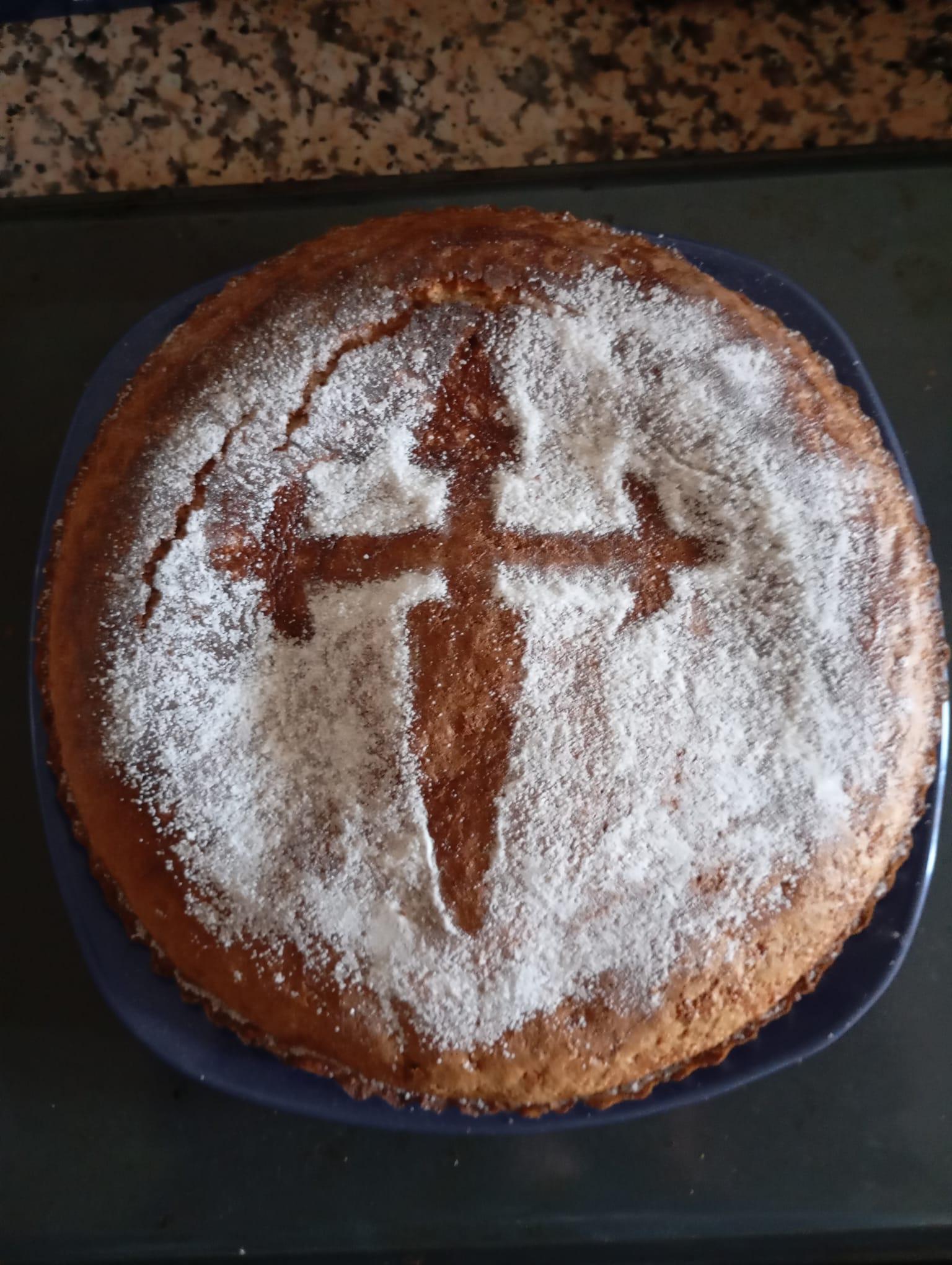.jpeg)
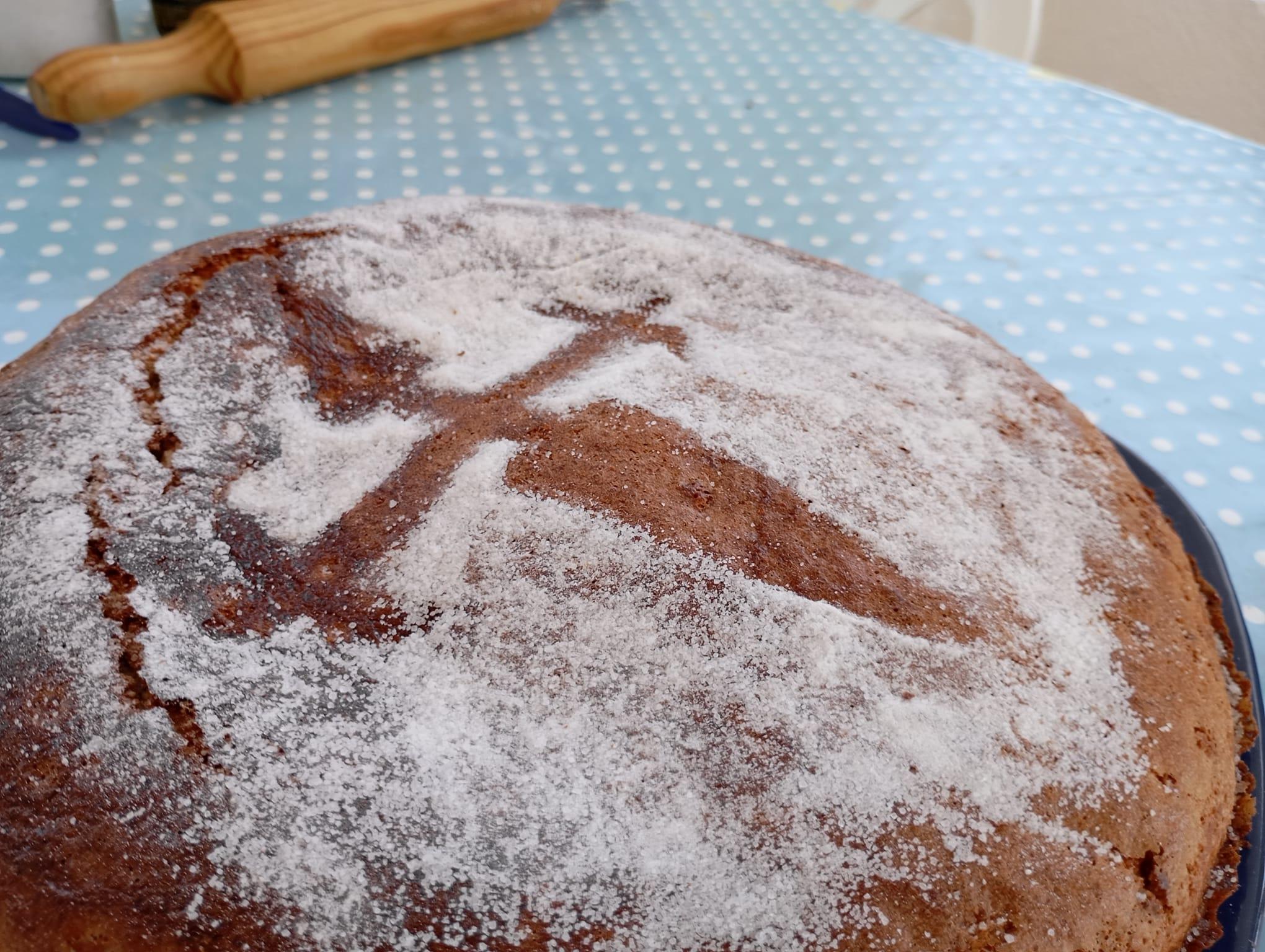.jpeg)
Gathering almonds and eggs directly from the farm presented its own set of challenges. Ensuring the almonds were ripe and the eggs were collected fresh required patience and careful attention. It was a learning experience to handle these ingredients with care, but the end result was definitely worth it 🌾🥚.
Milling the almonds to the right consistency was another challenge. I used a combination of tools to achieve a fine almond flour, which added an extra step but also an extra layer of satisfaction to the process 🛠️.
Crafting the Tarta de Santiago from scratch allowed me to express creativity and embrace traditional cooking techniques. The process was immensely enjoyable. It was rewarding to see each step come together to create a beautiful, authentic dessert 🍰. It was fulfilling to incorporate fresh, homegrown ingredients into a recipe with such historical significance 🌟.
I Hope You Enjoy!
I sincerely hope you enjoy making and tasting your Tarta de Santiago as much as I did. This dessert not only connects you with a rich culinary tradition but but also celebrates the farm-to-table experience, bringing fresh, homegrown ingredients directly into your kitchen. Share it with loved ones, savor each bite, and take pride in the journey from farm to table!
Thank you for following along with this instructable. Enjoy your Tarta de Santiago! 🎉🍰